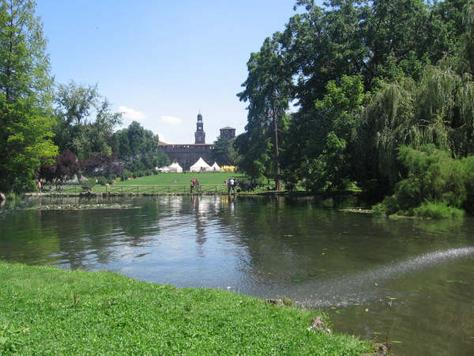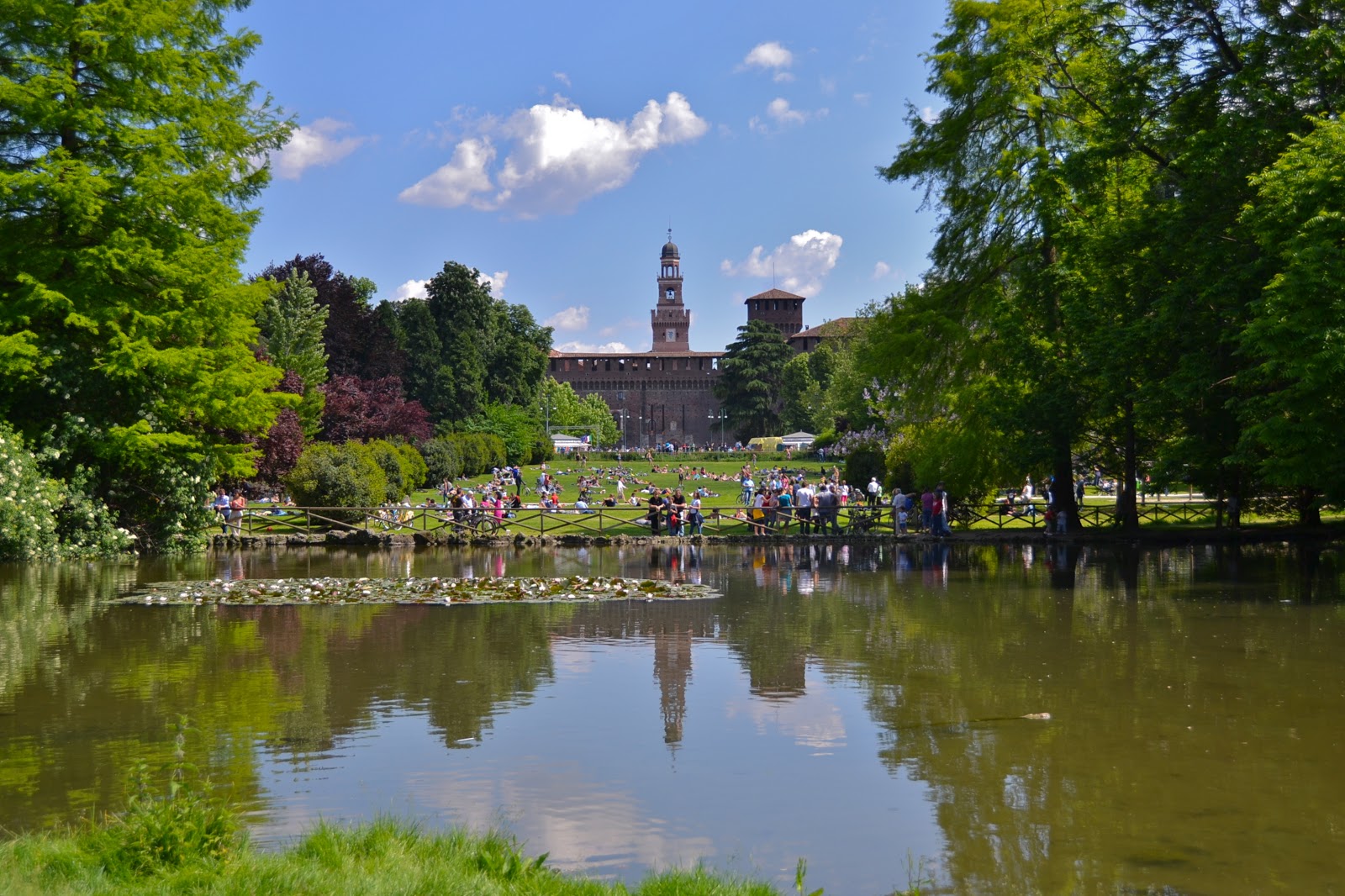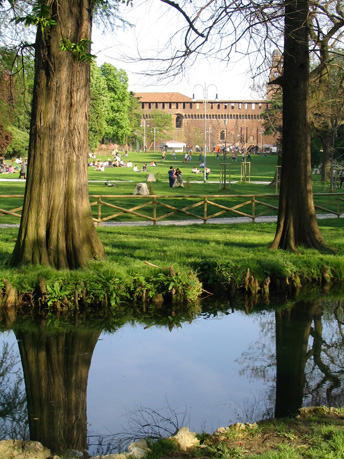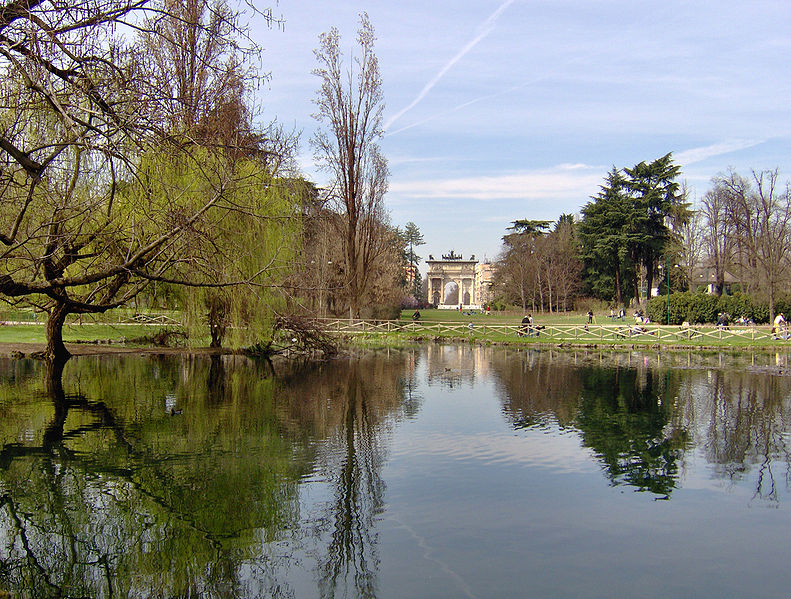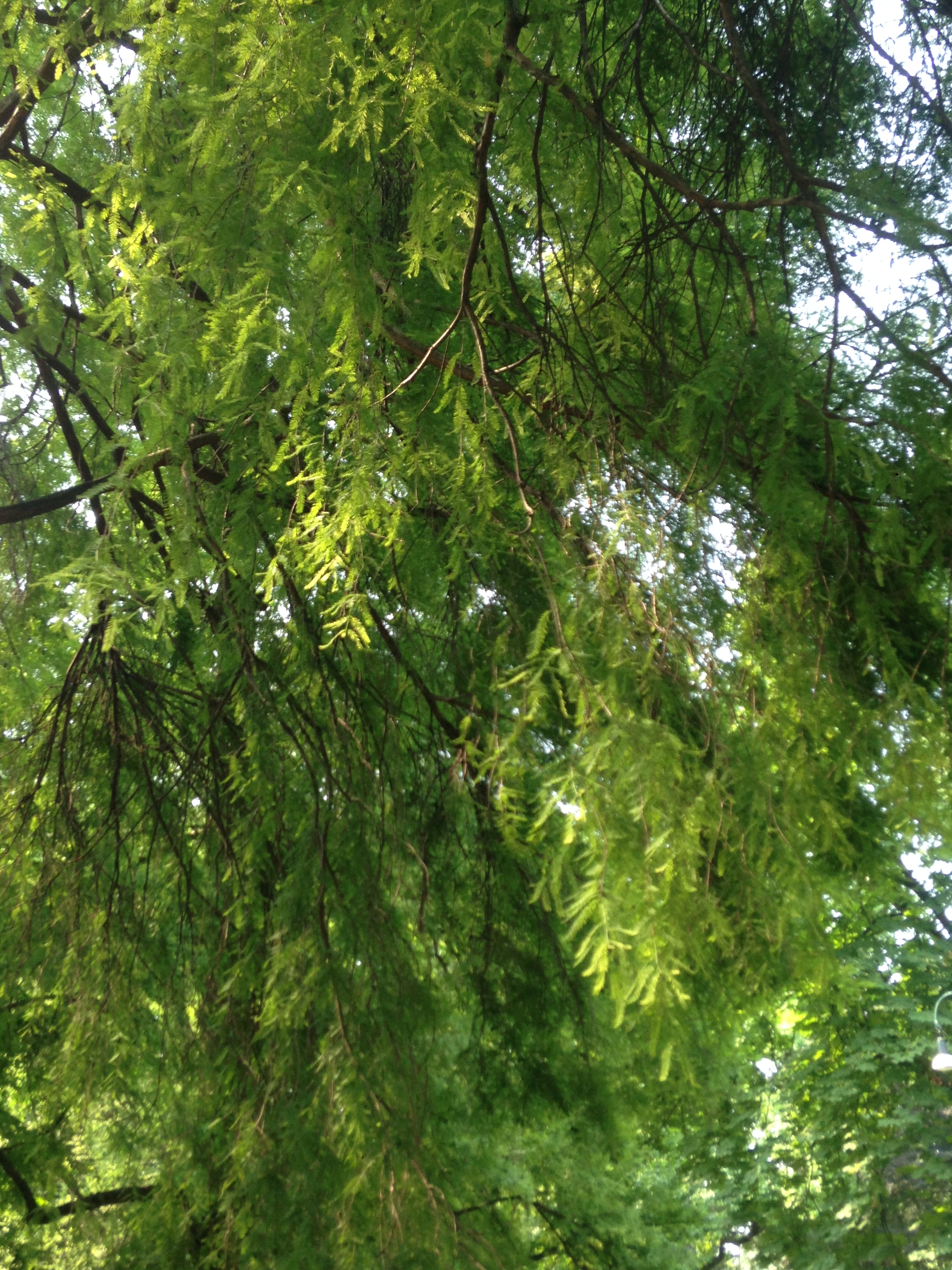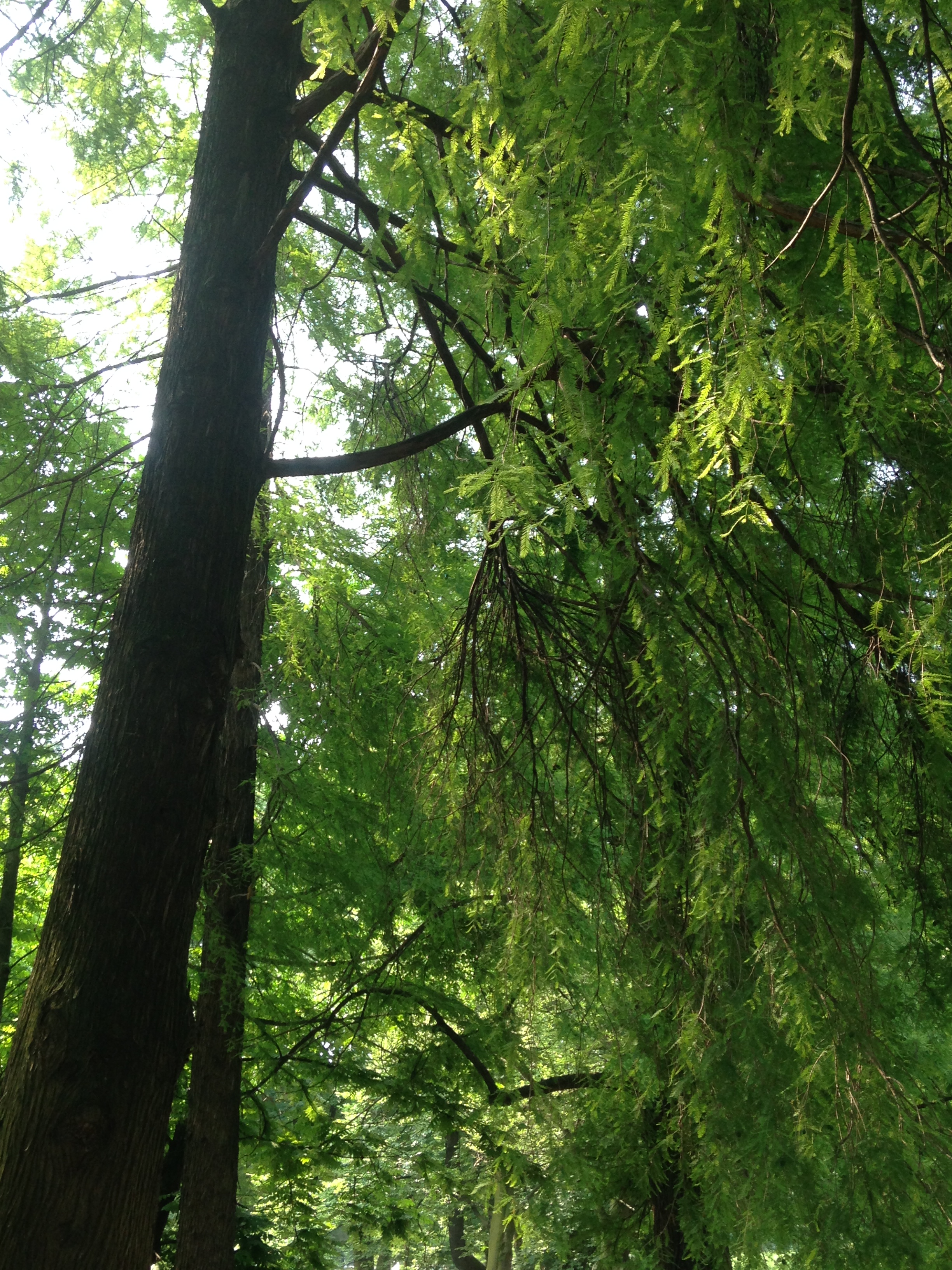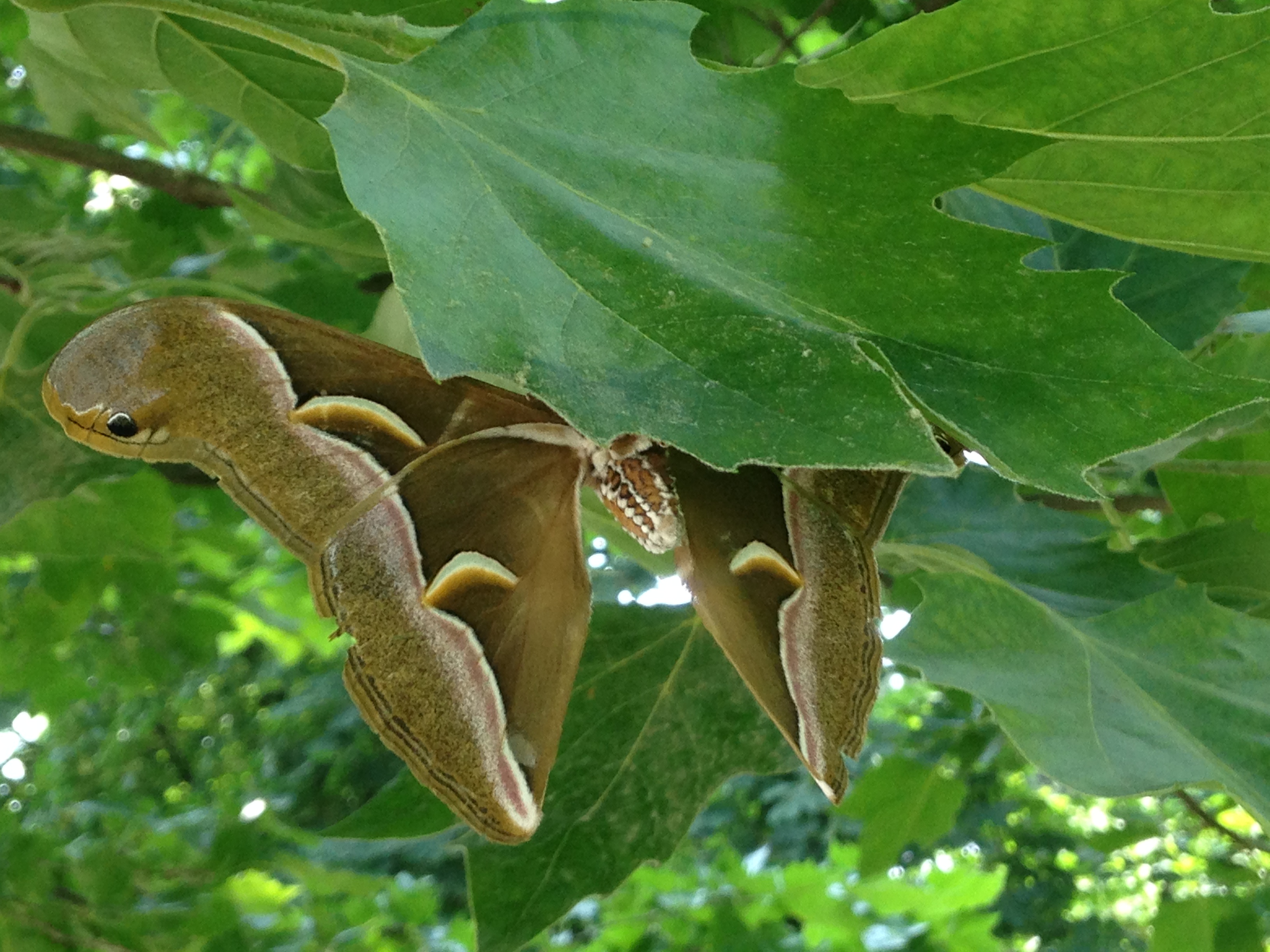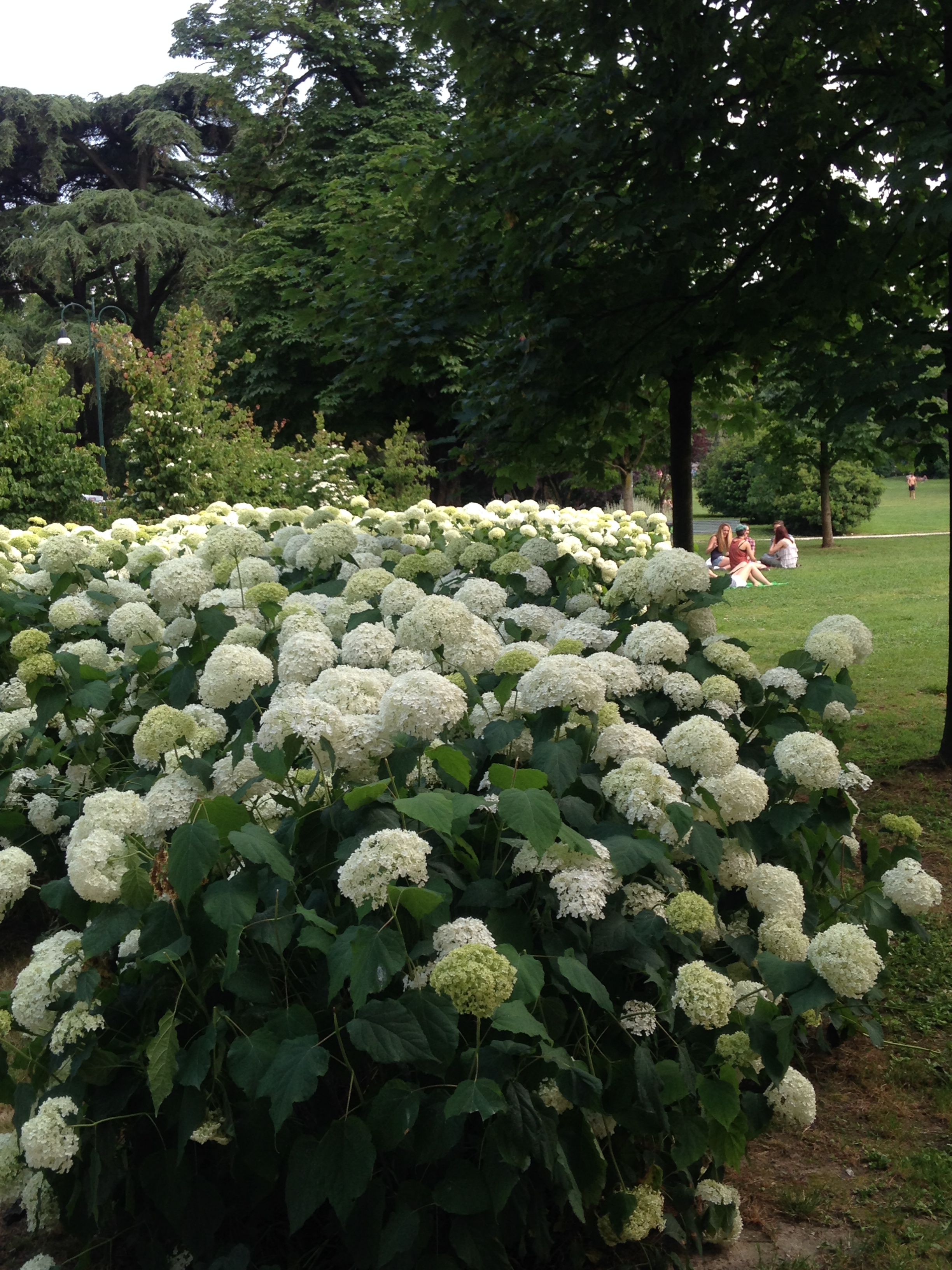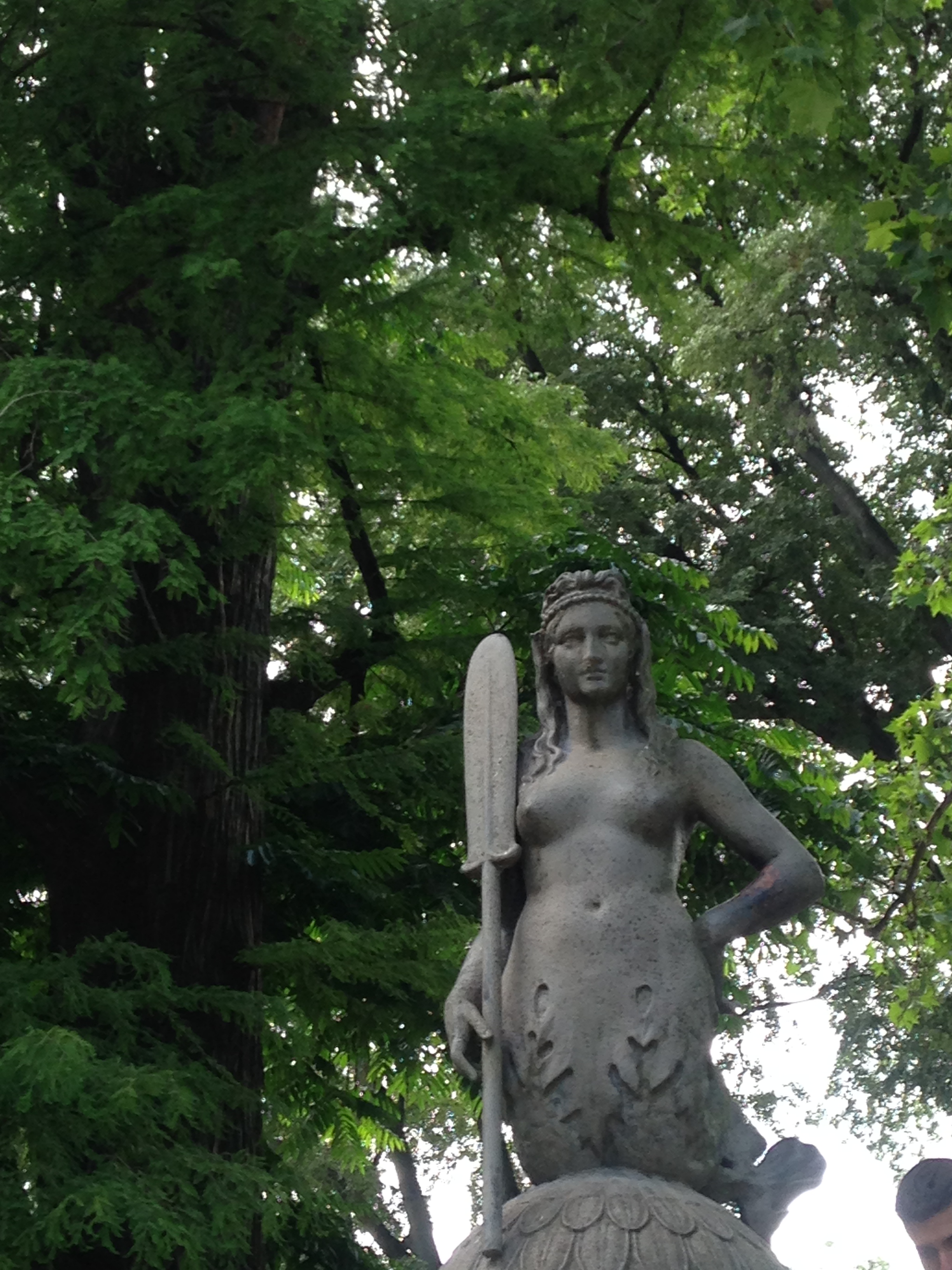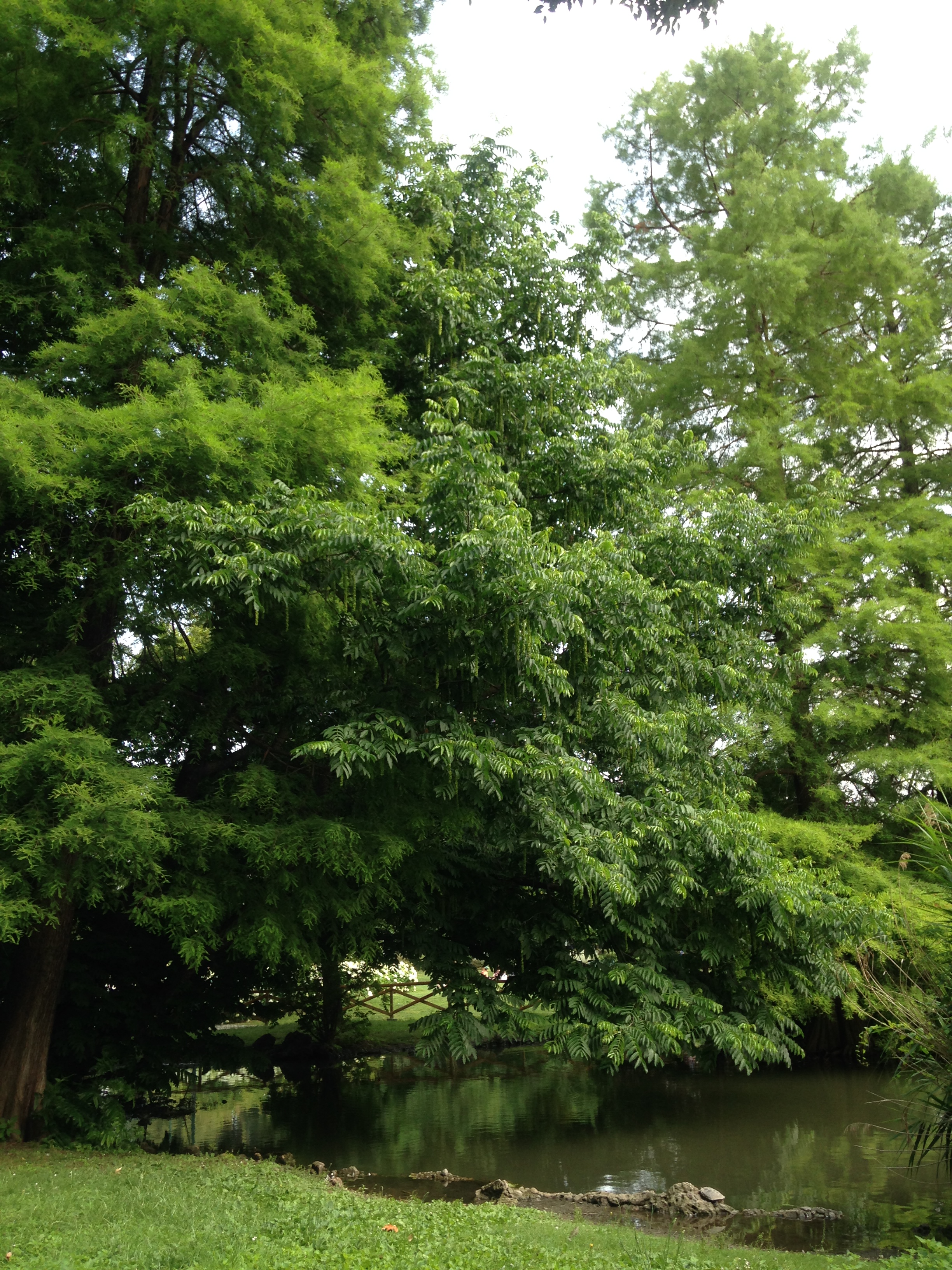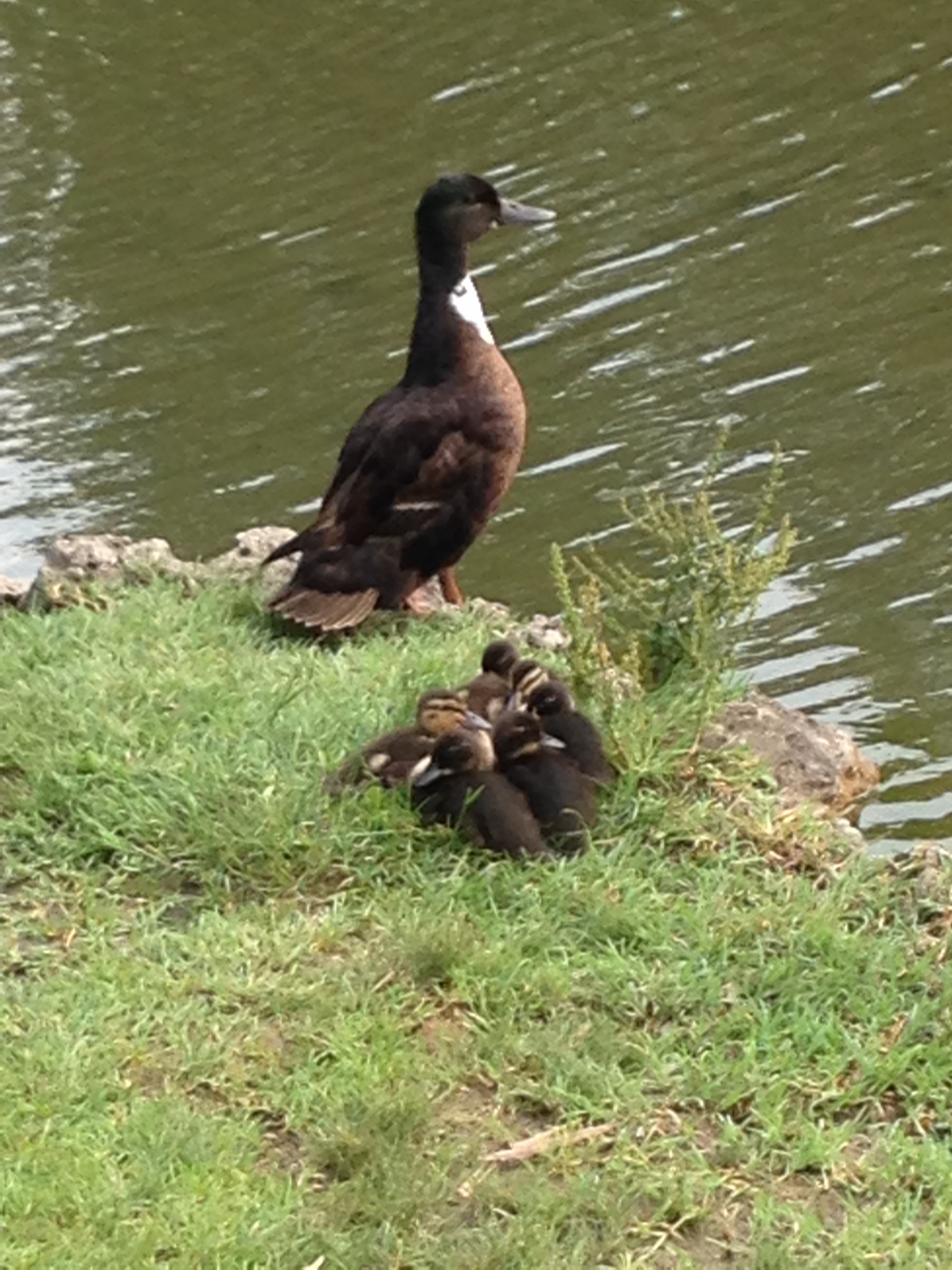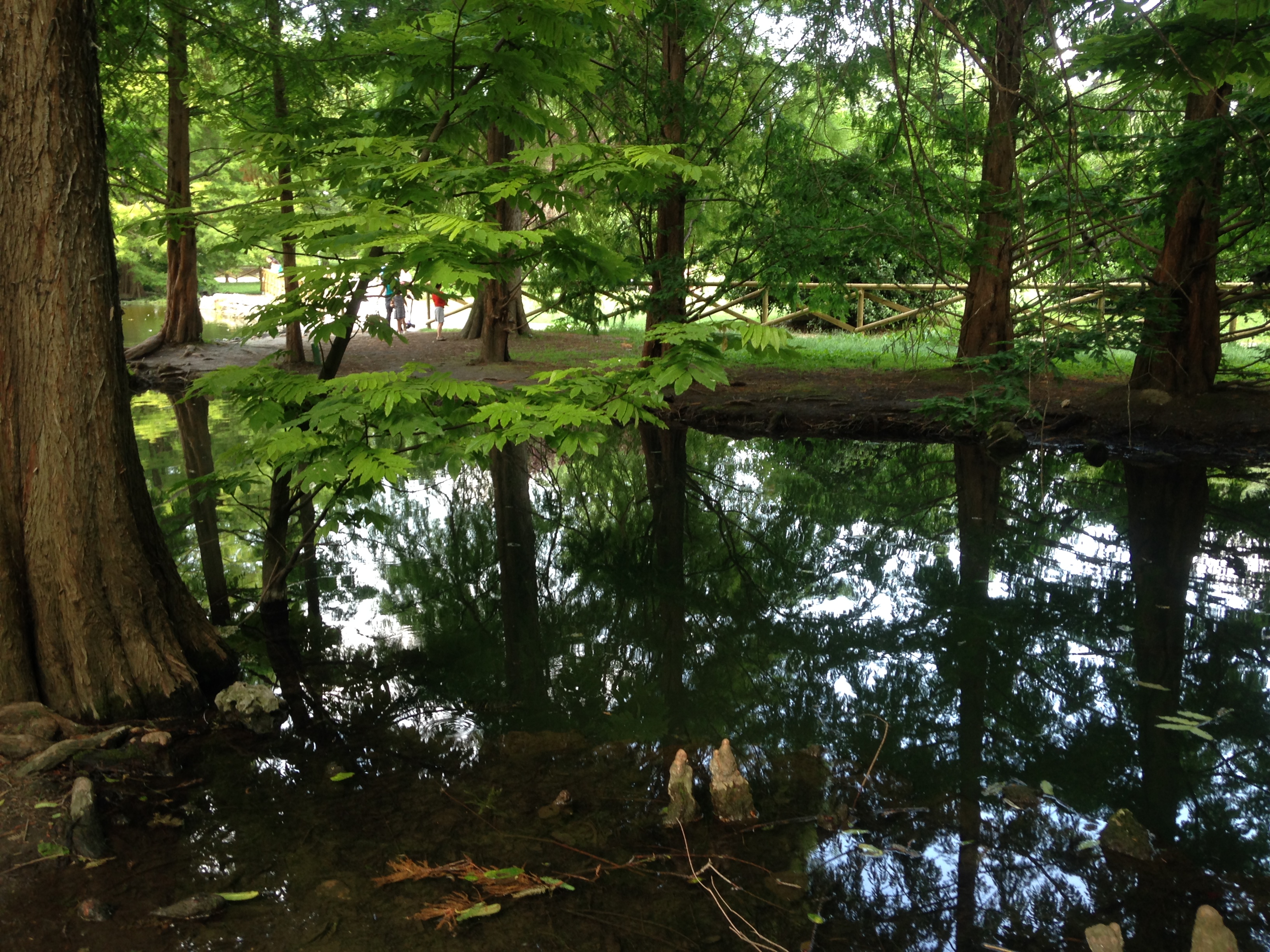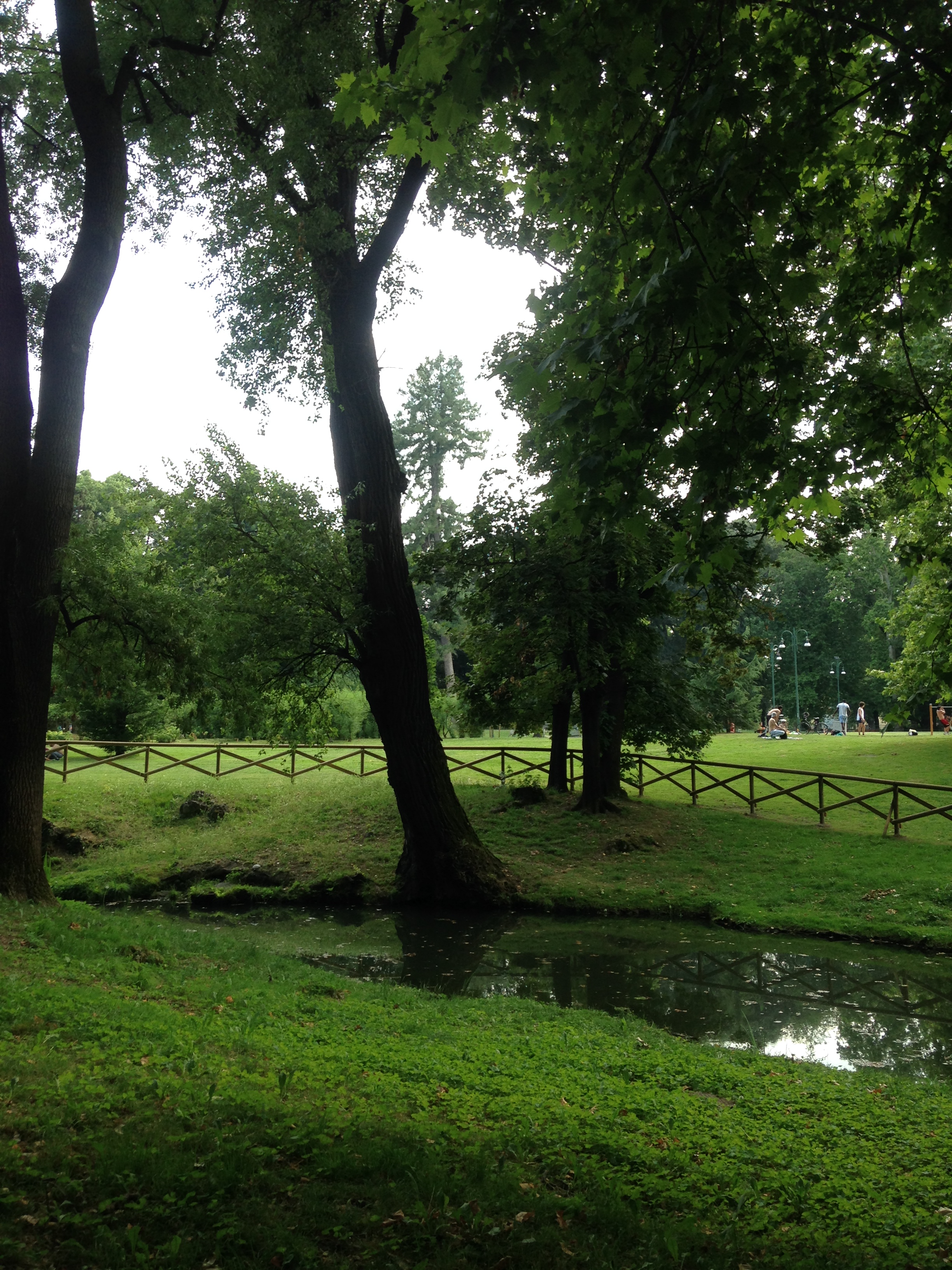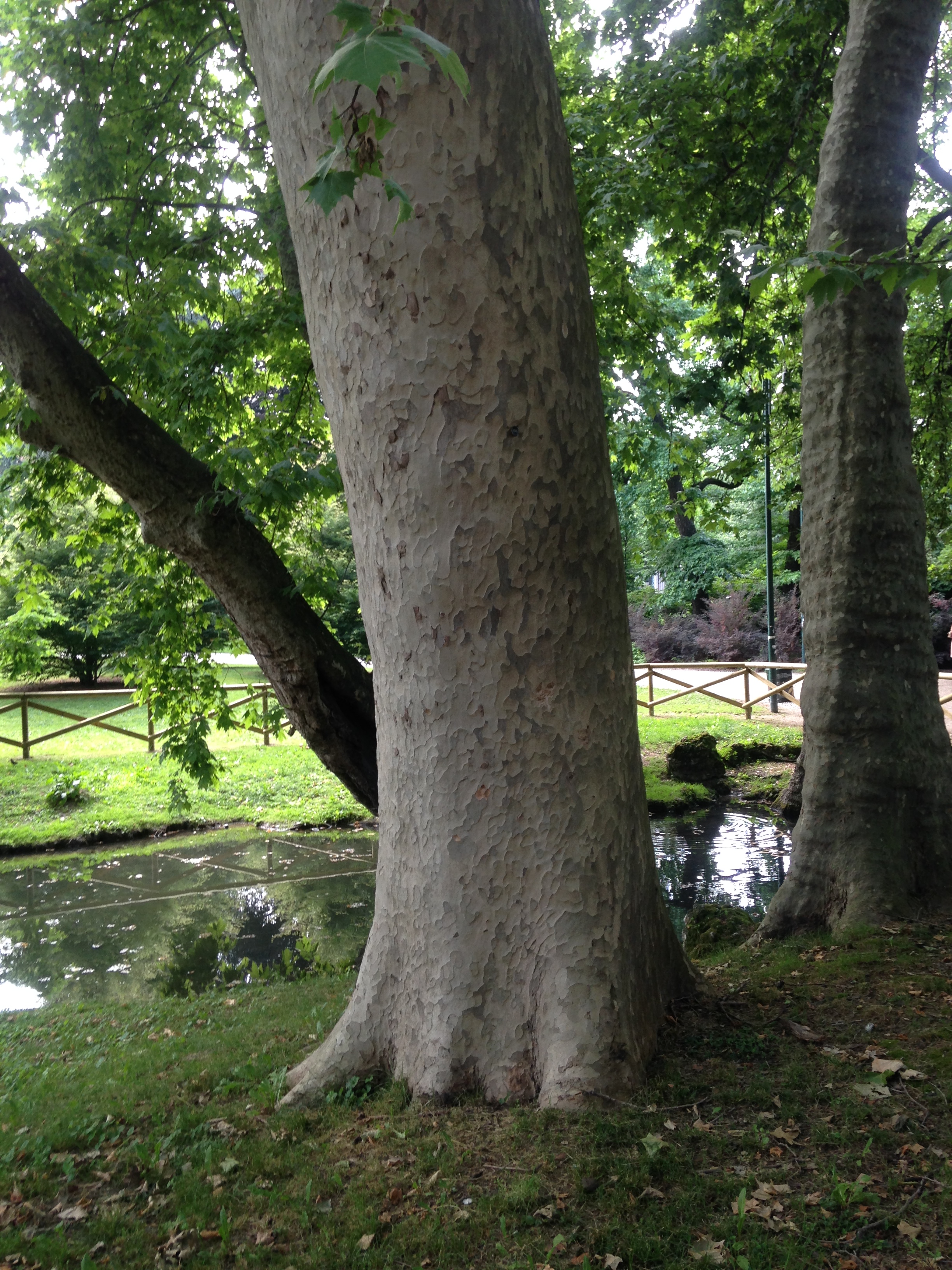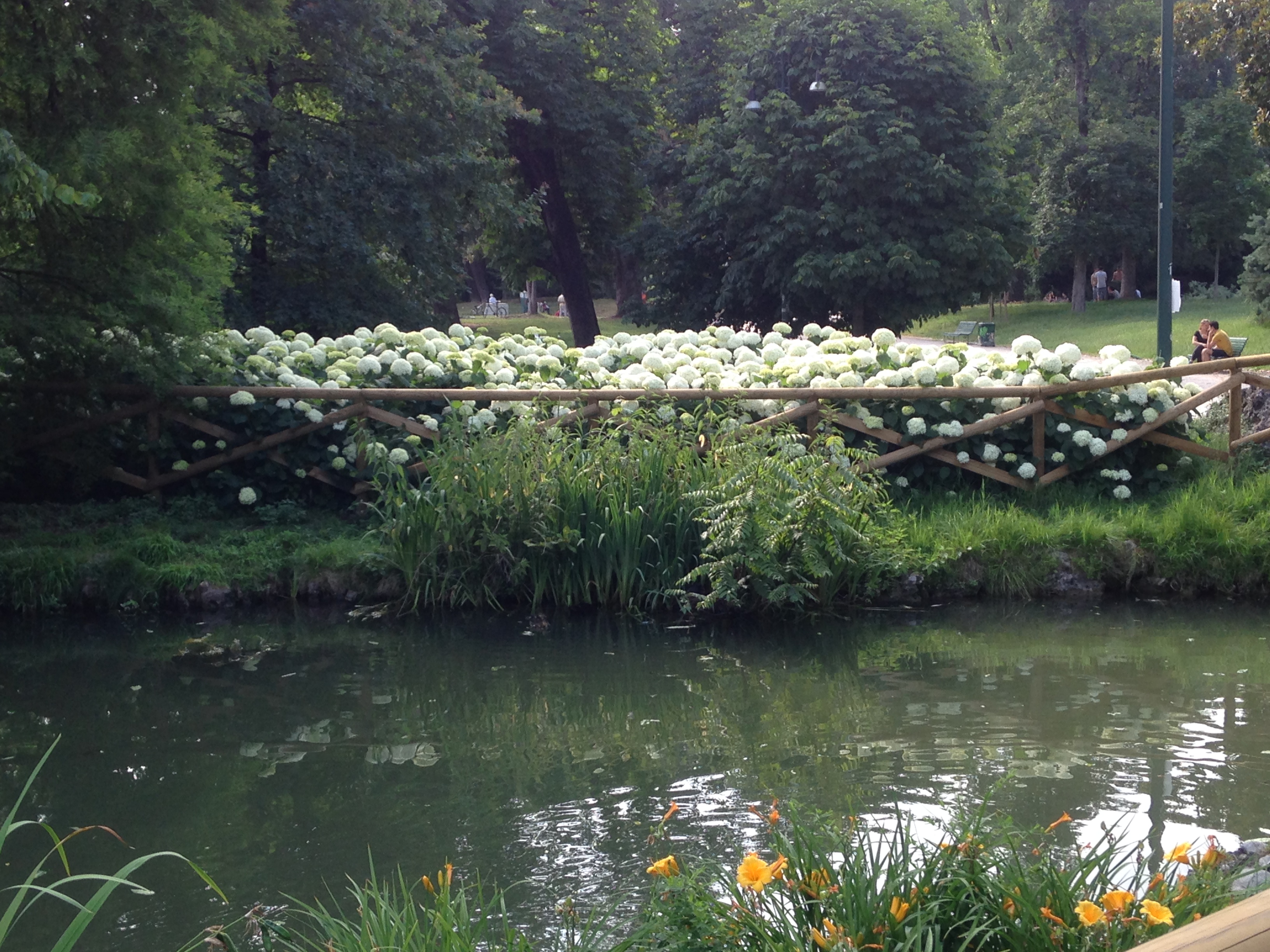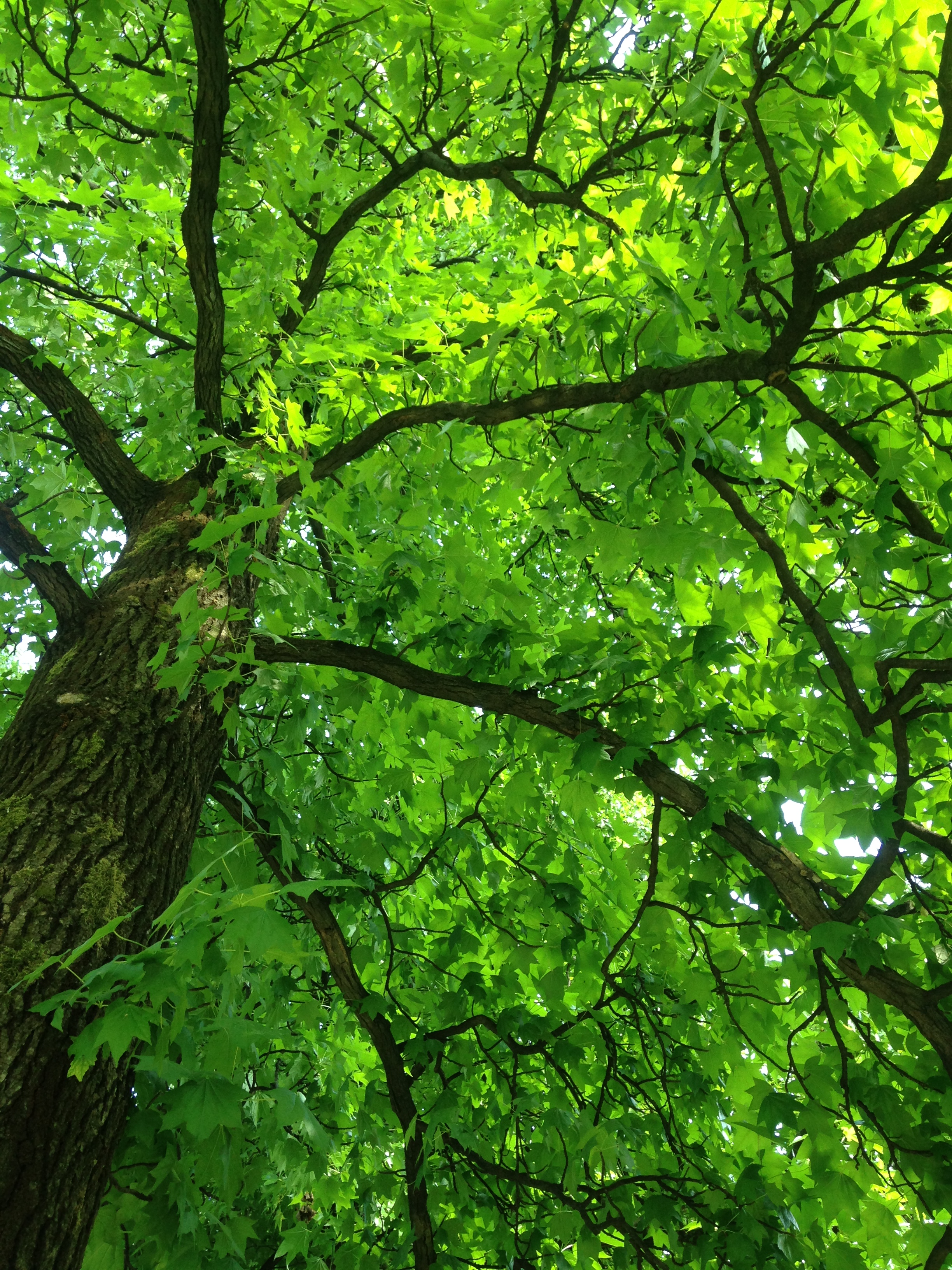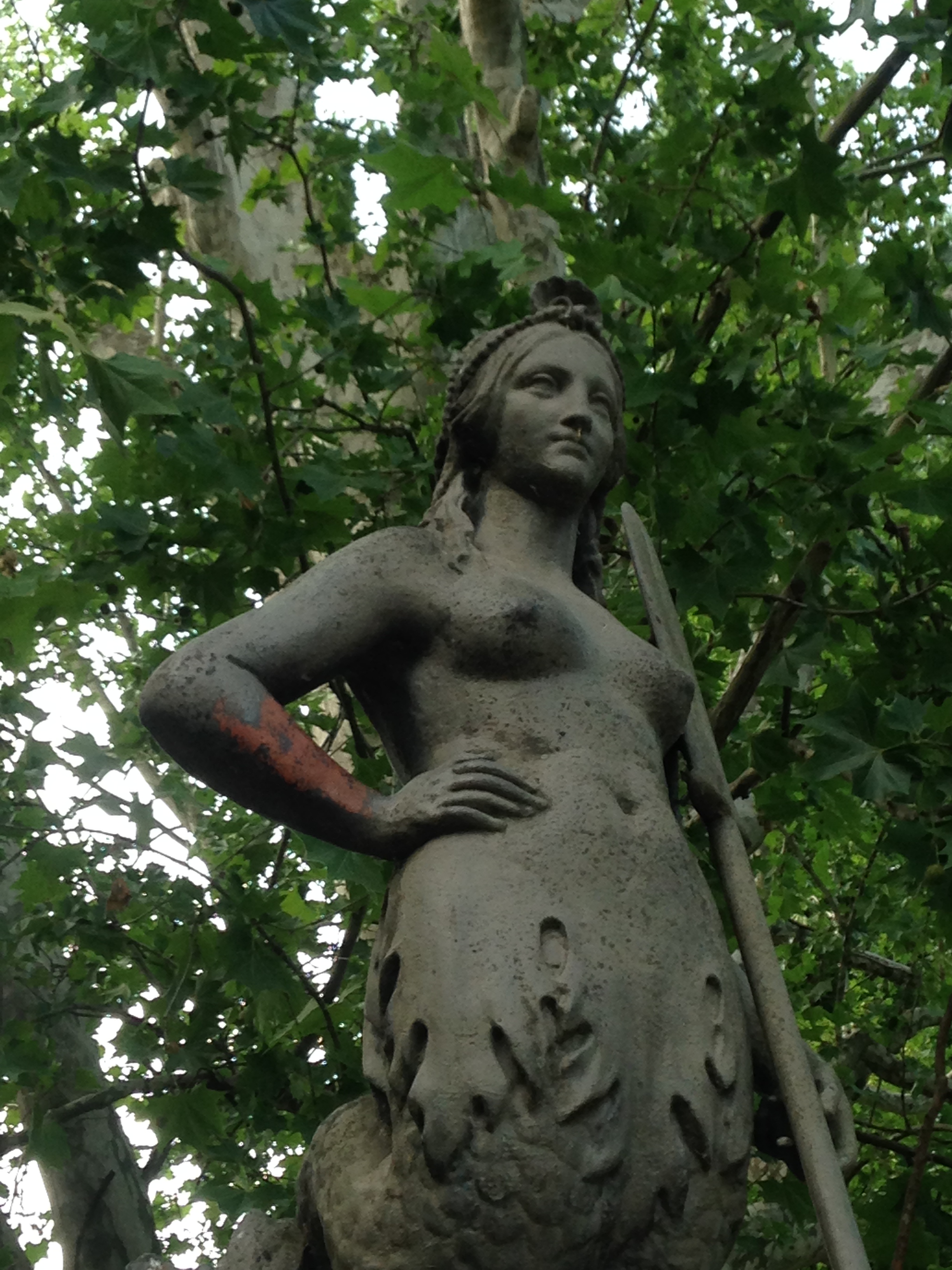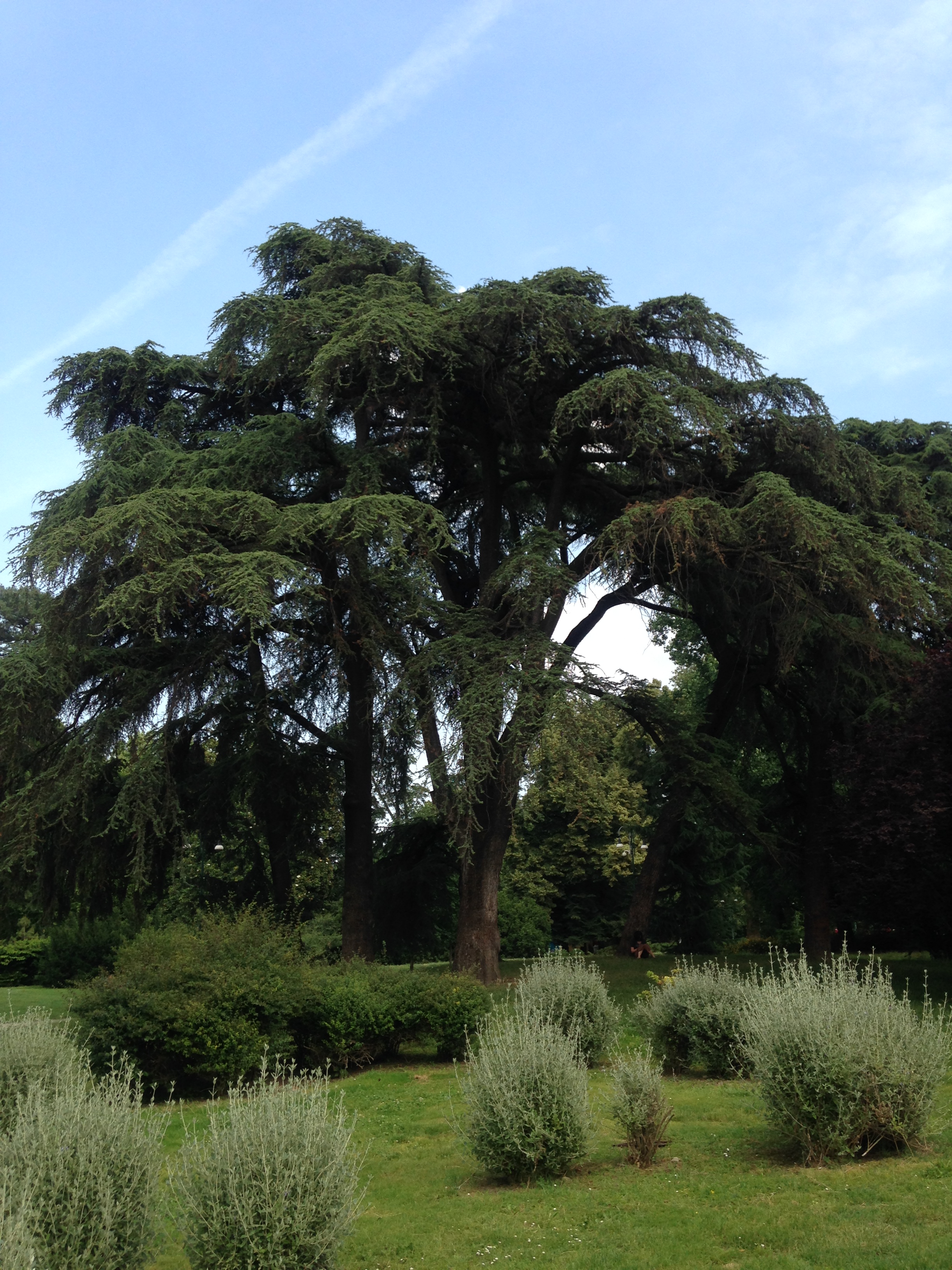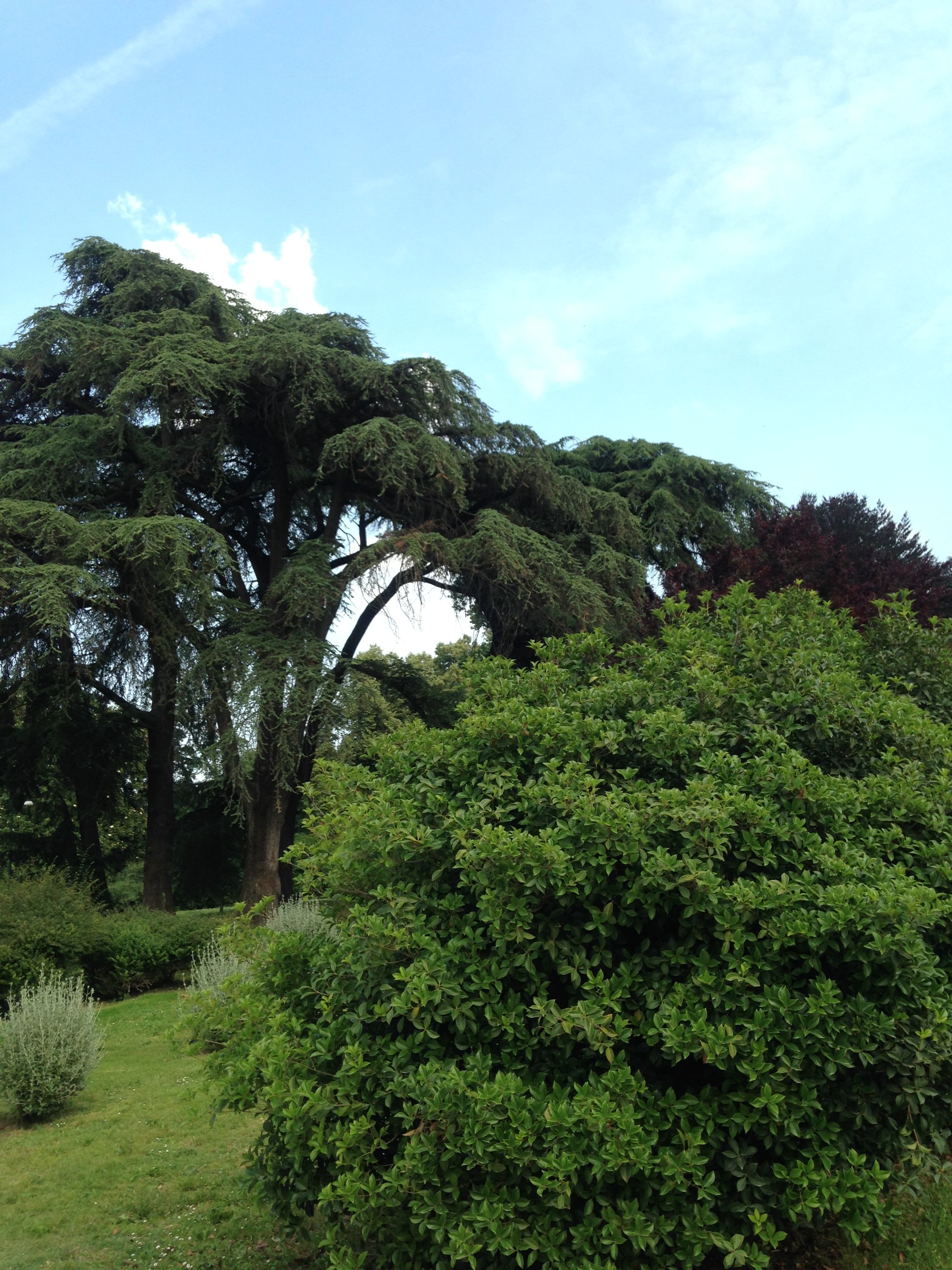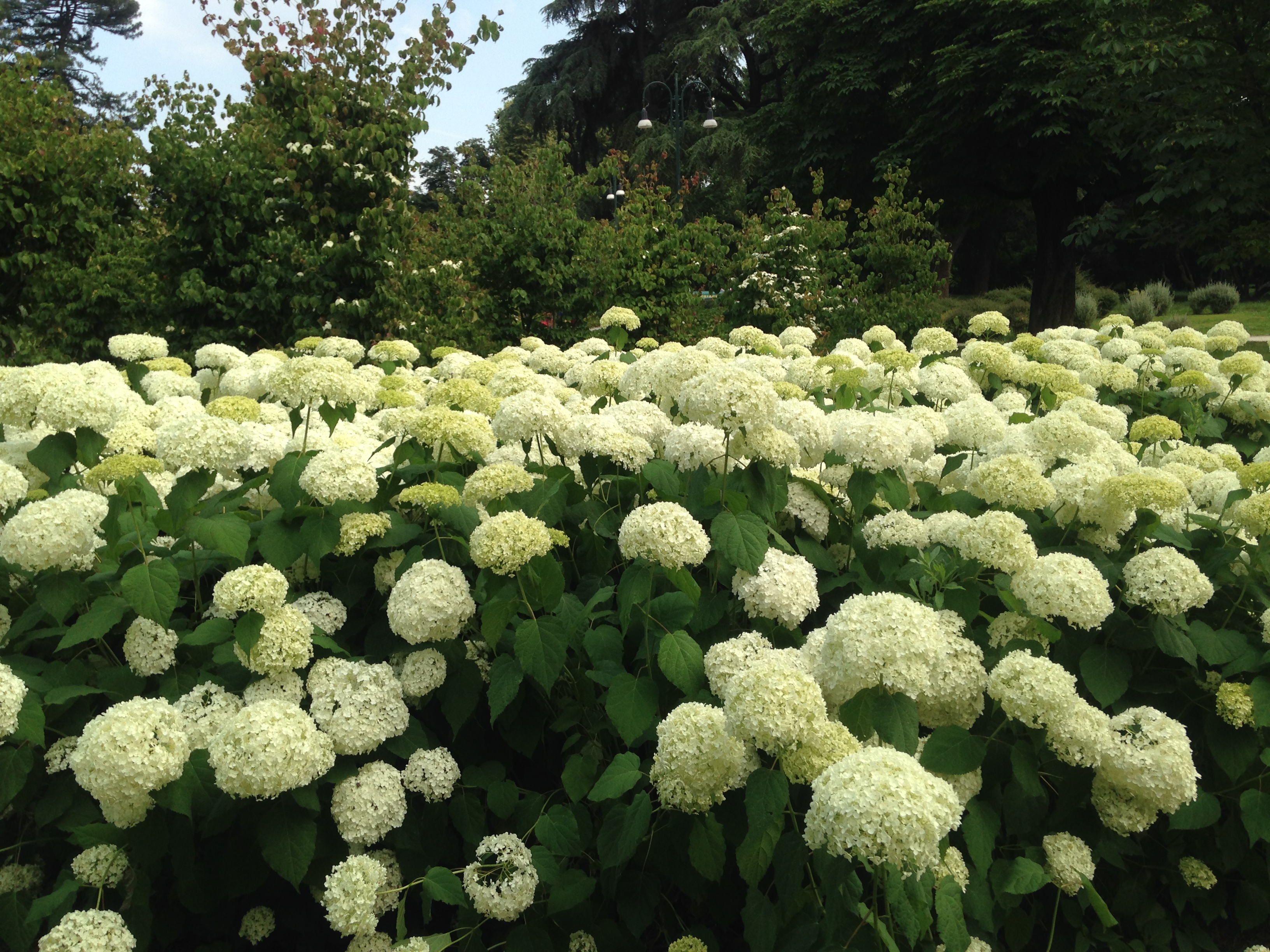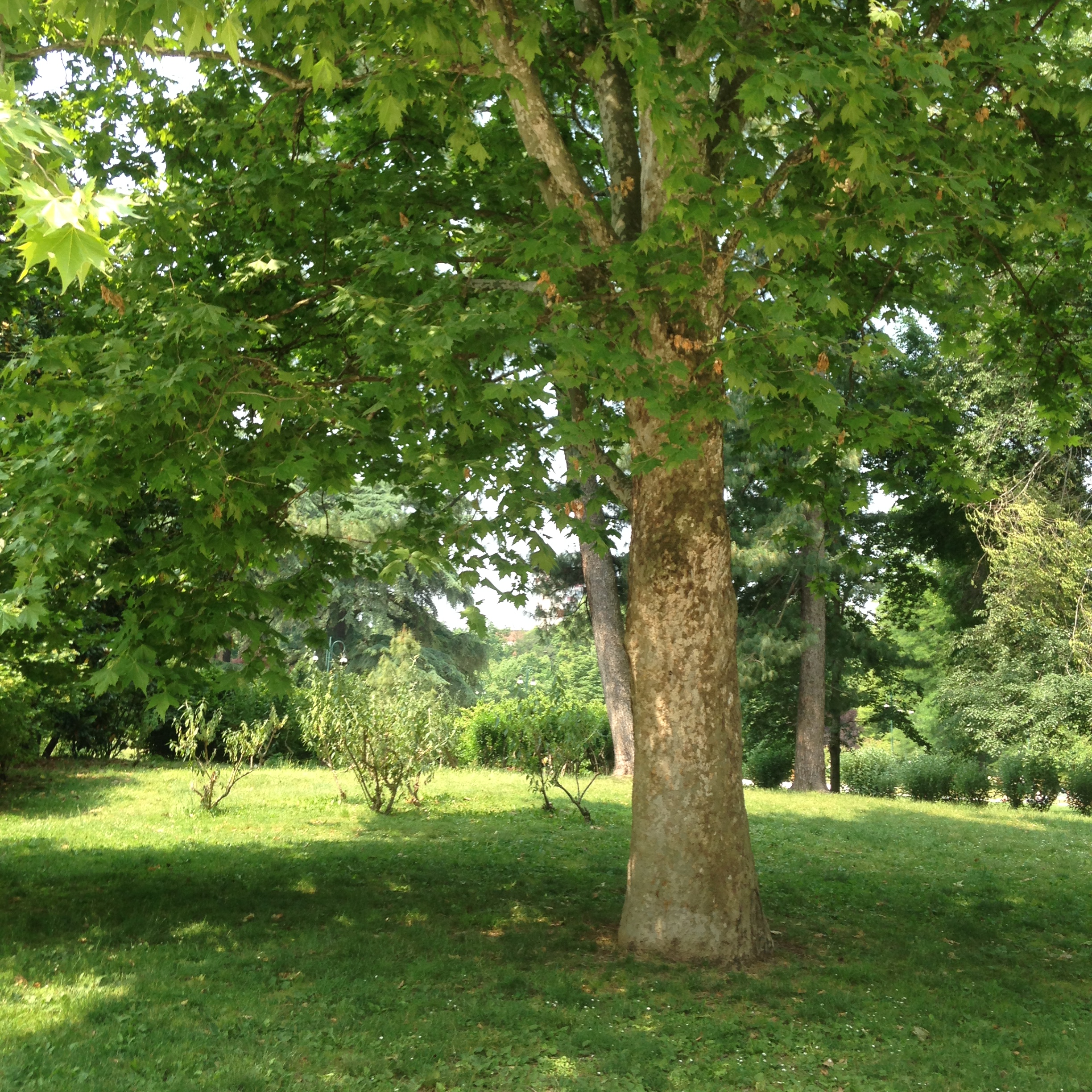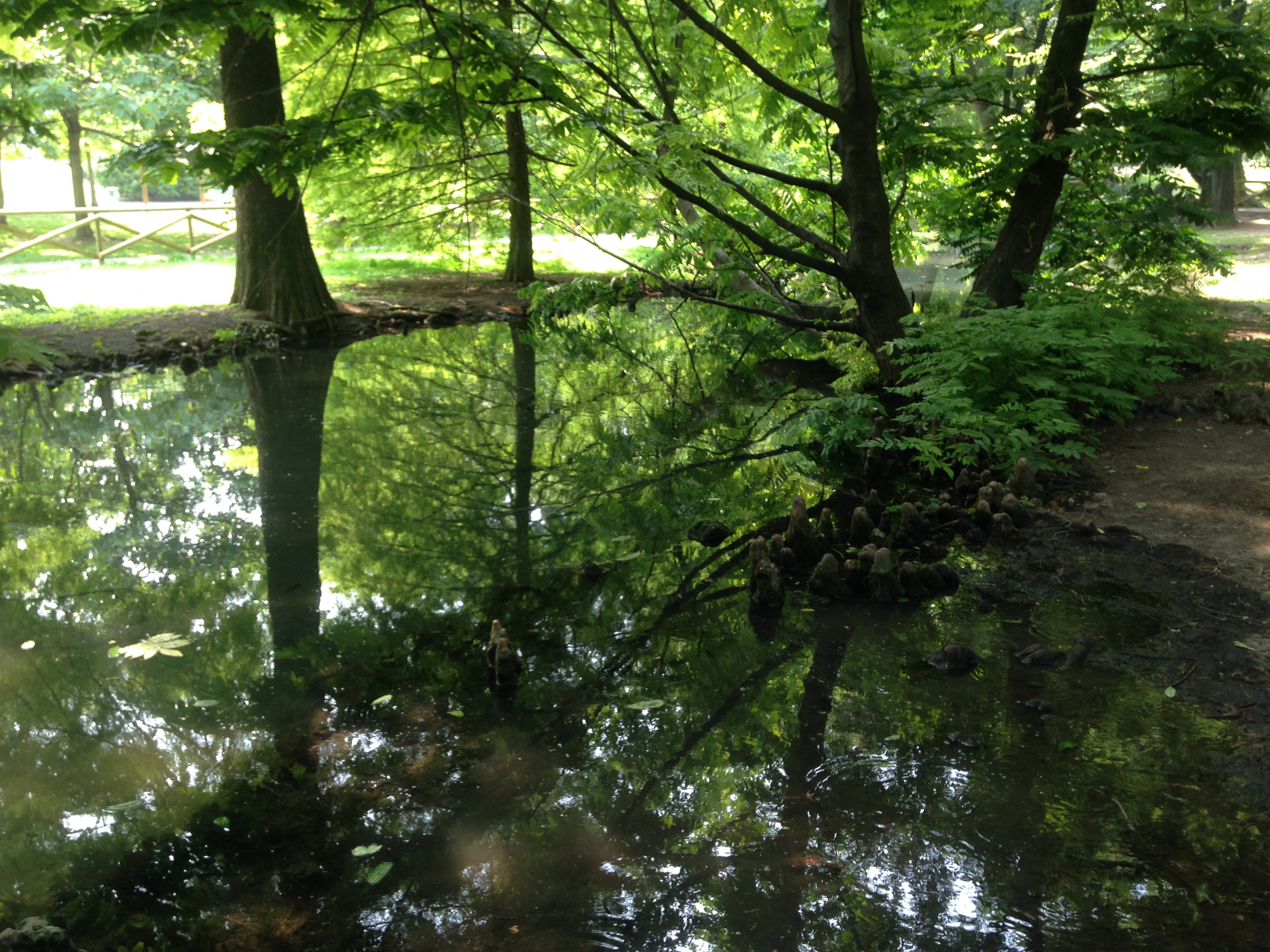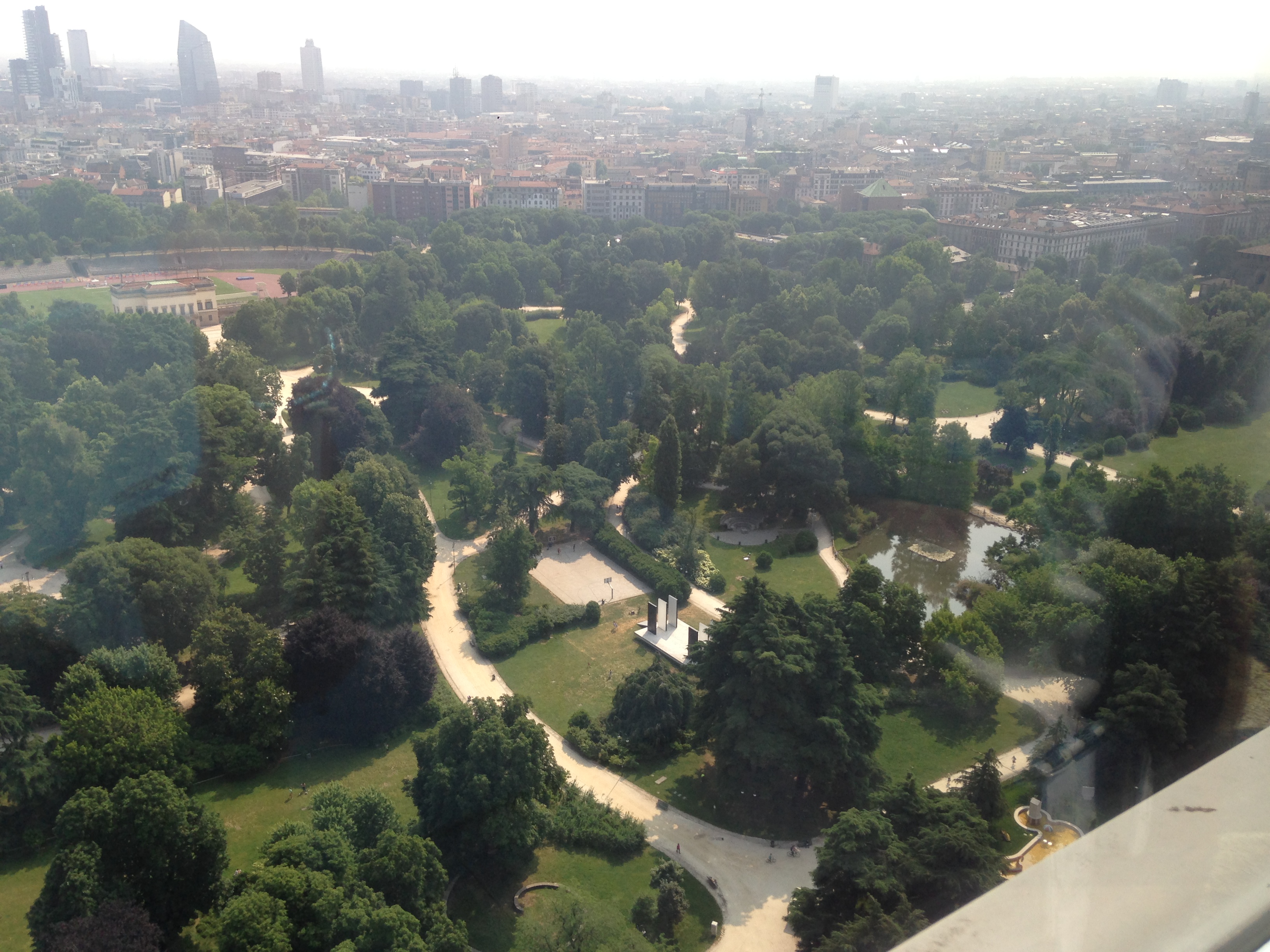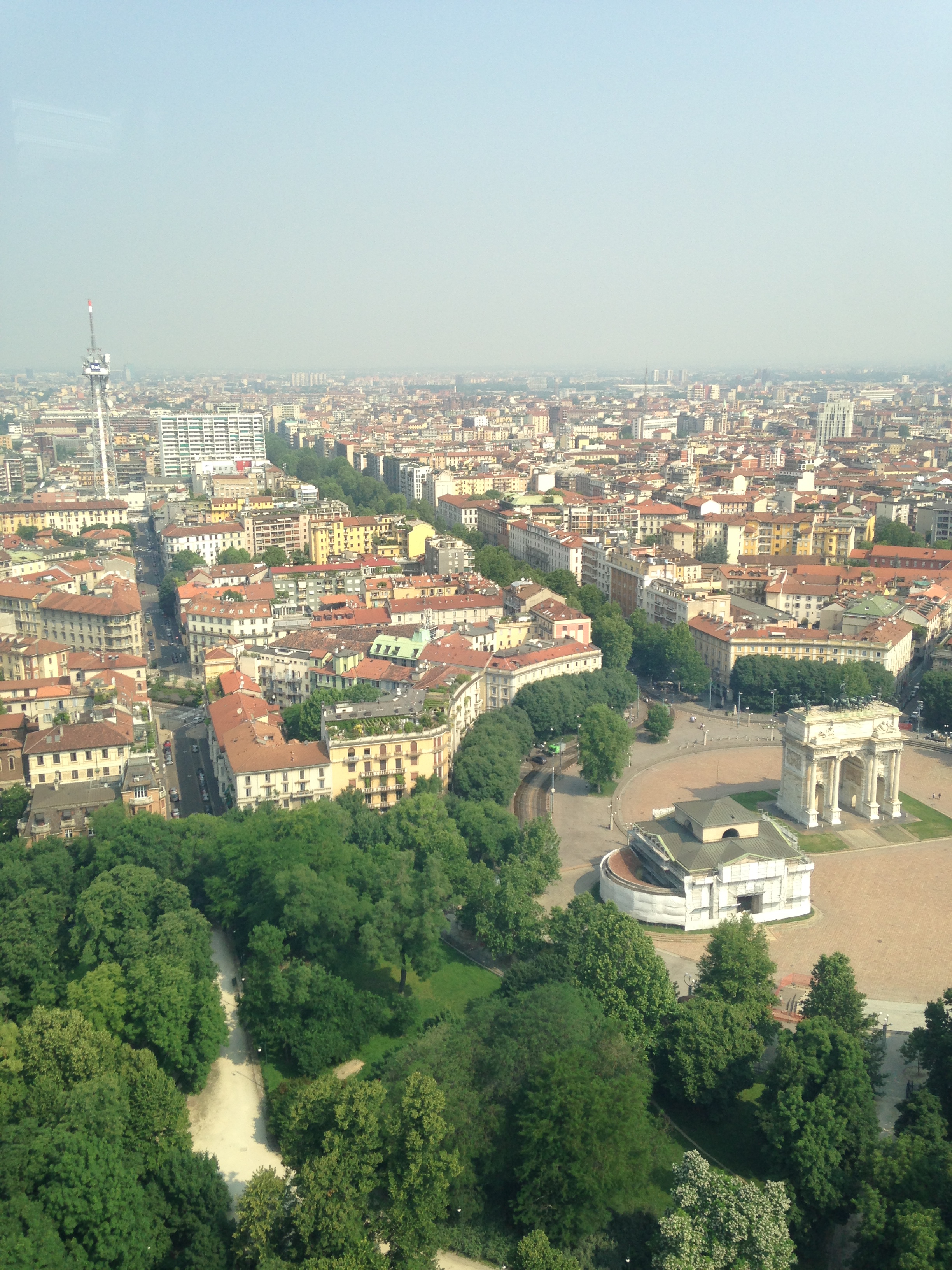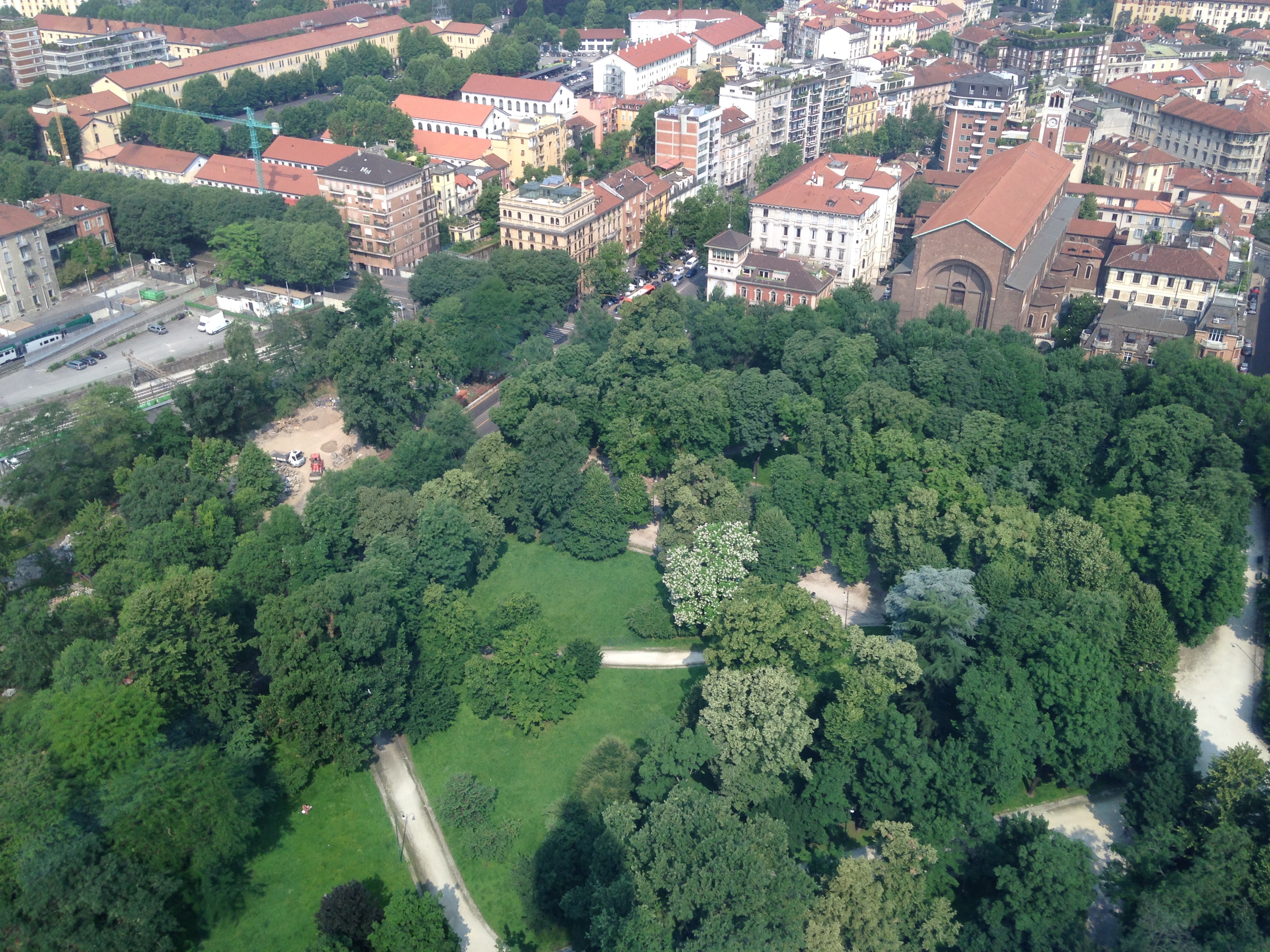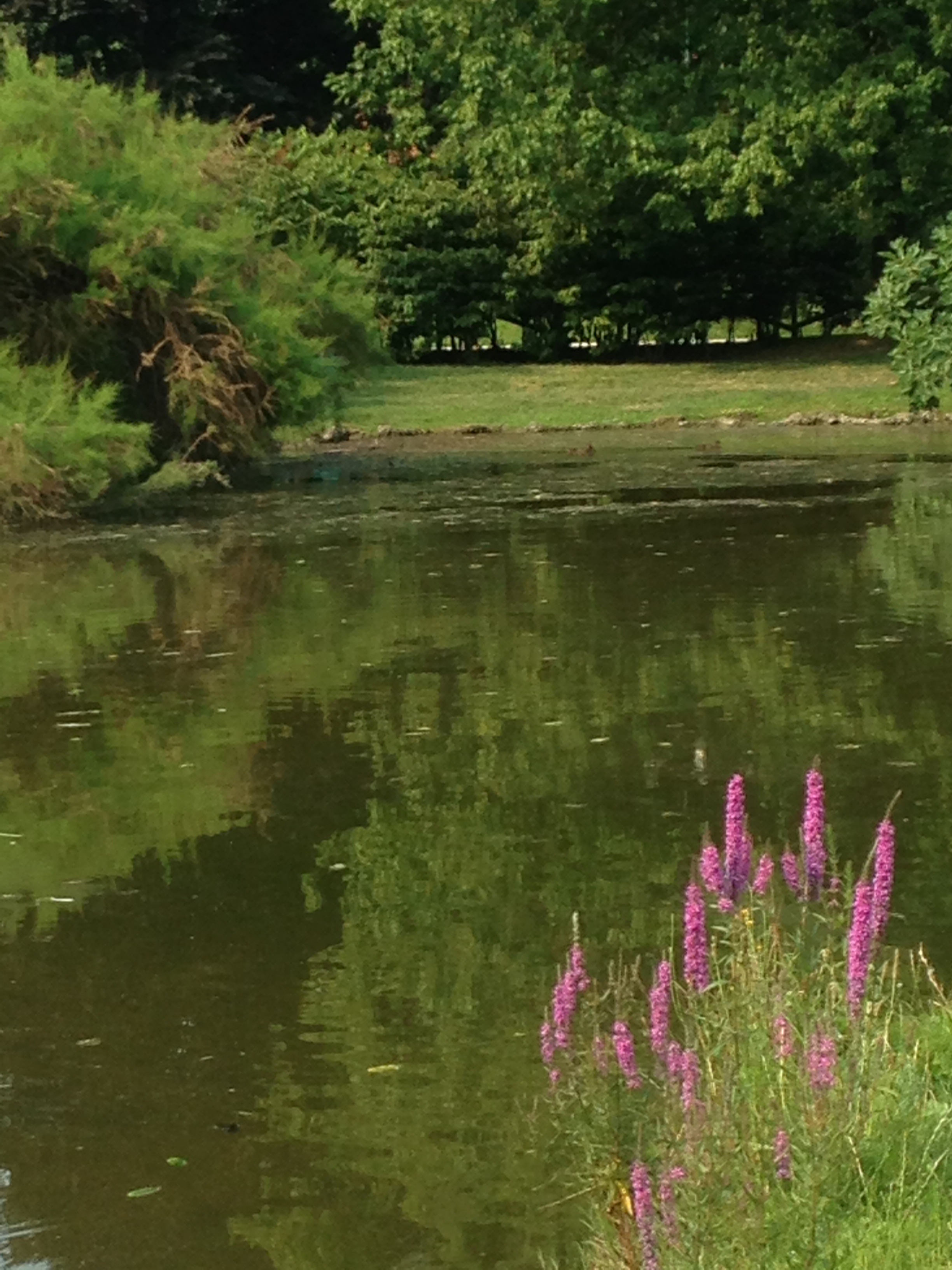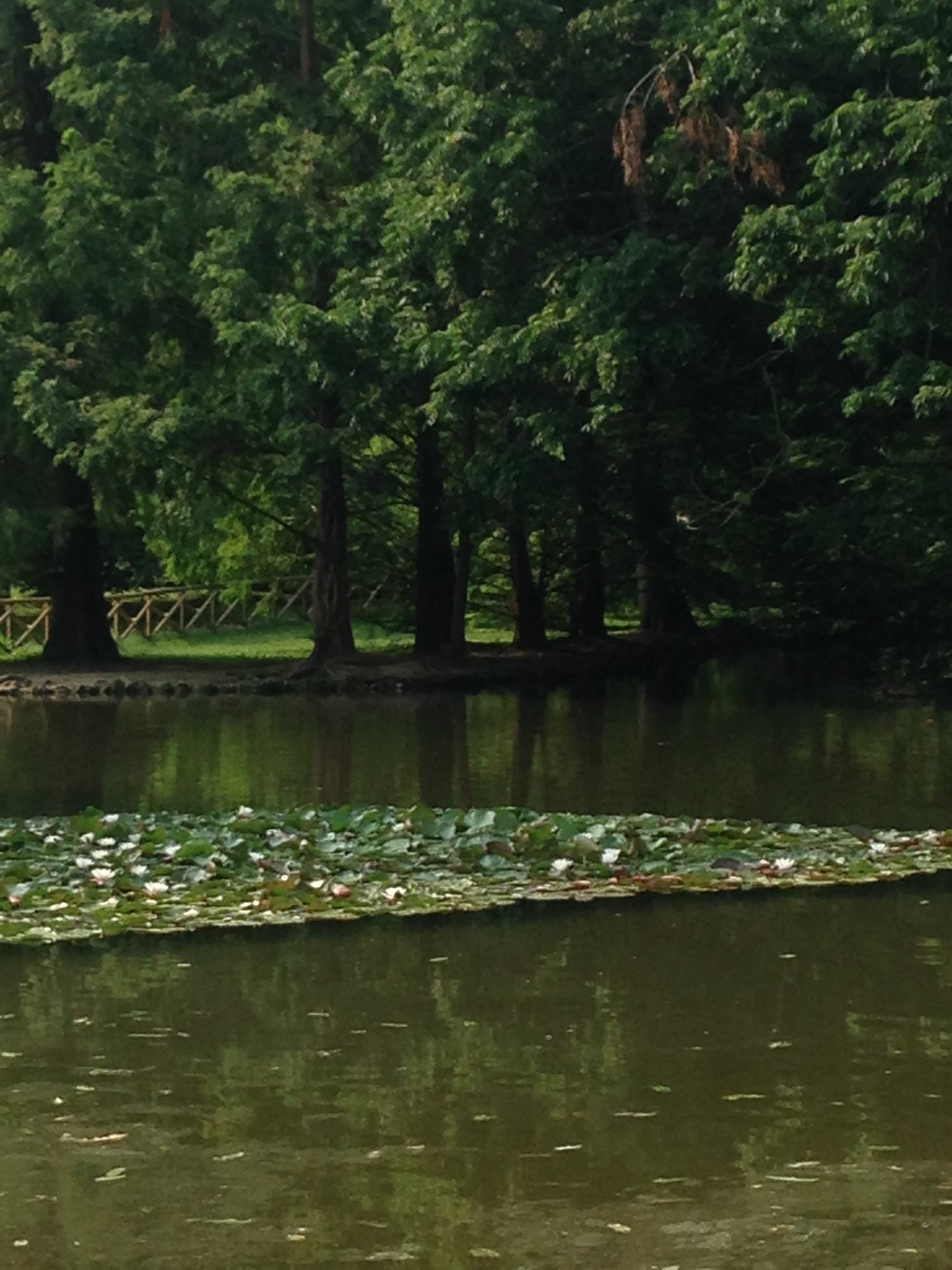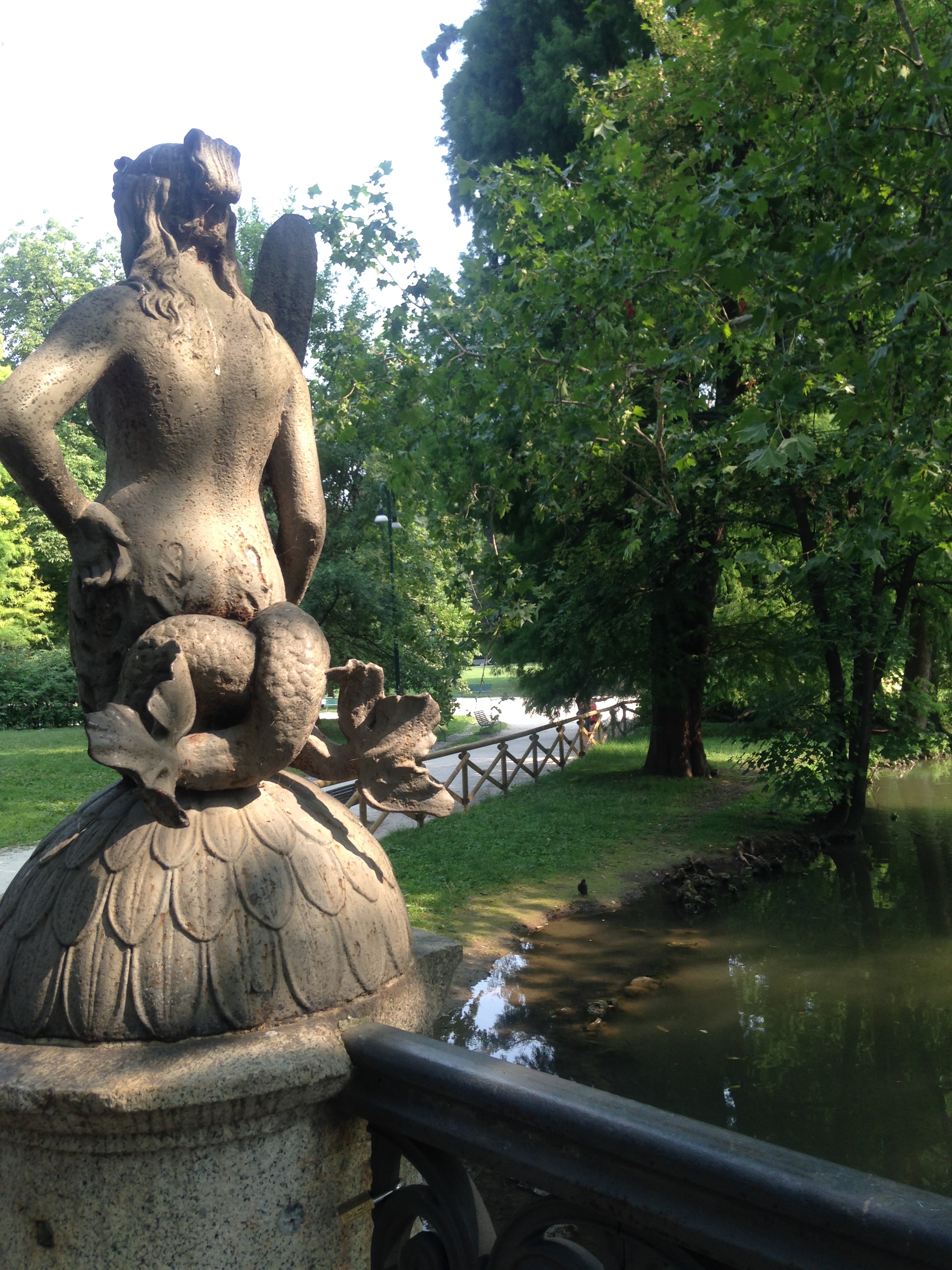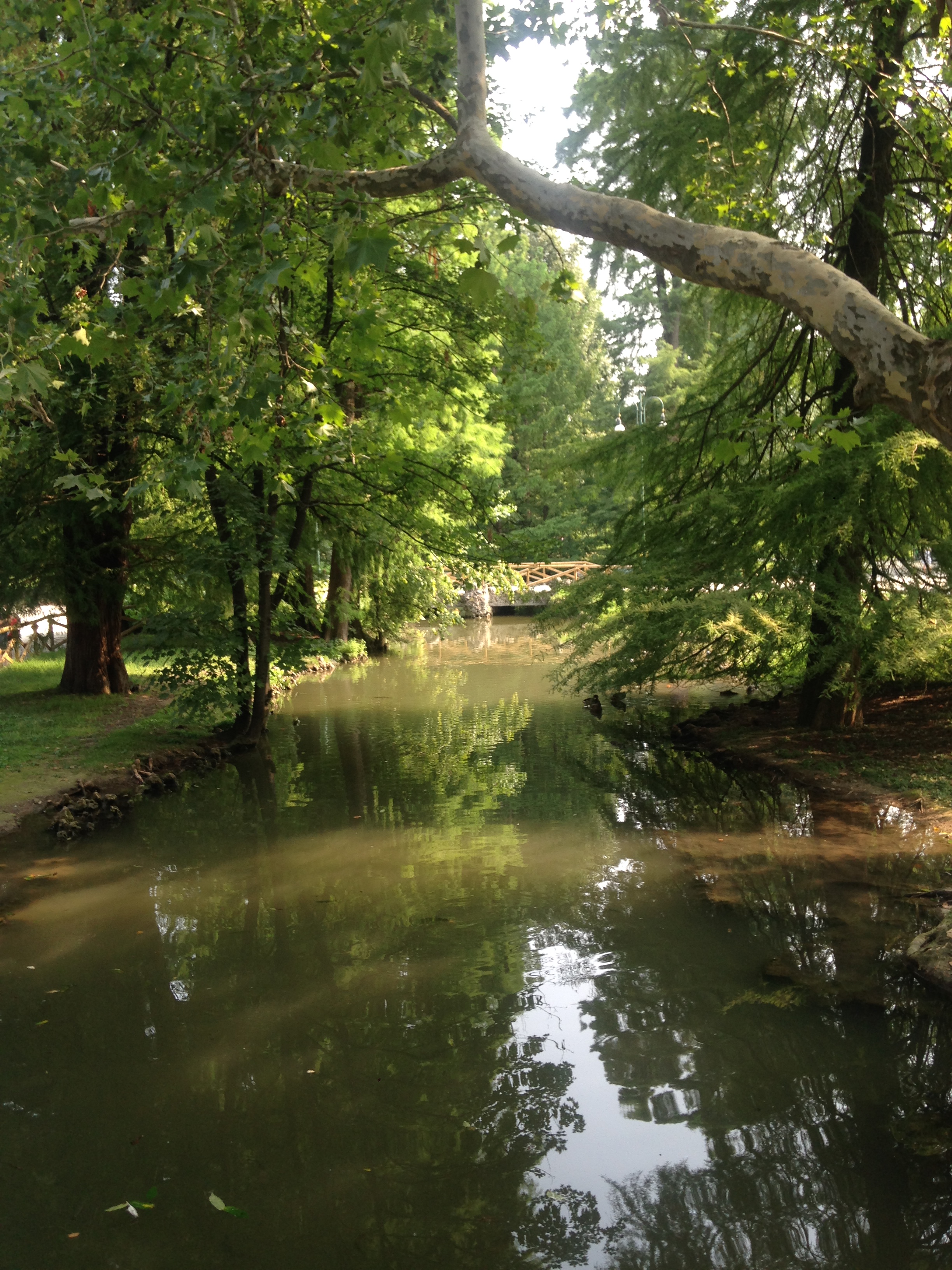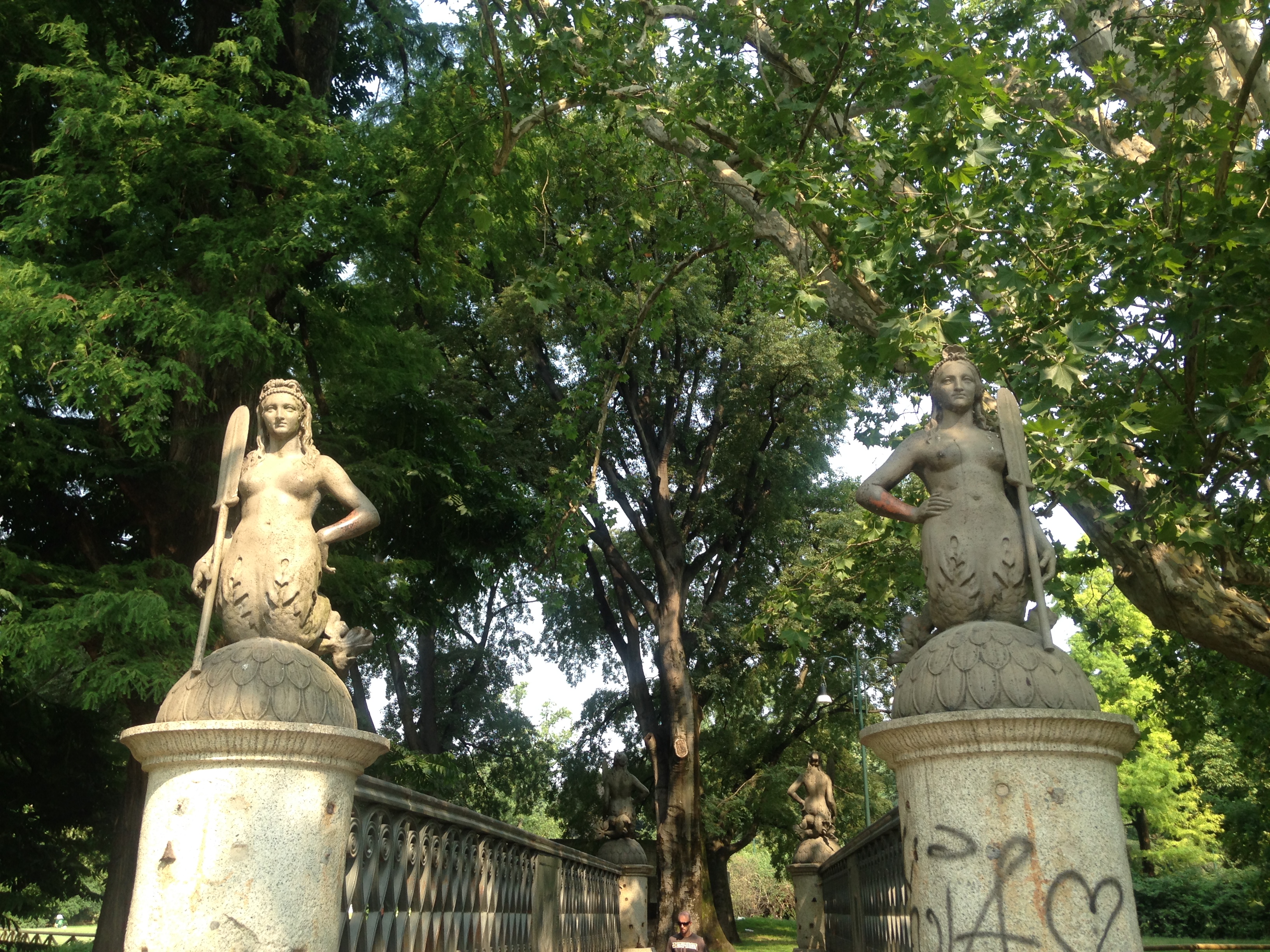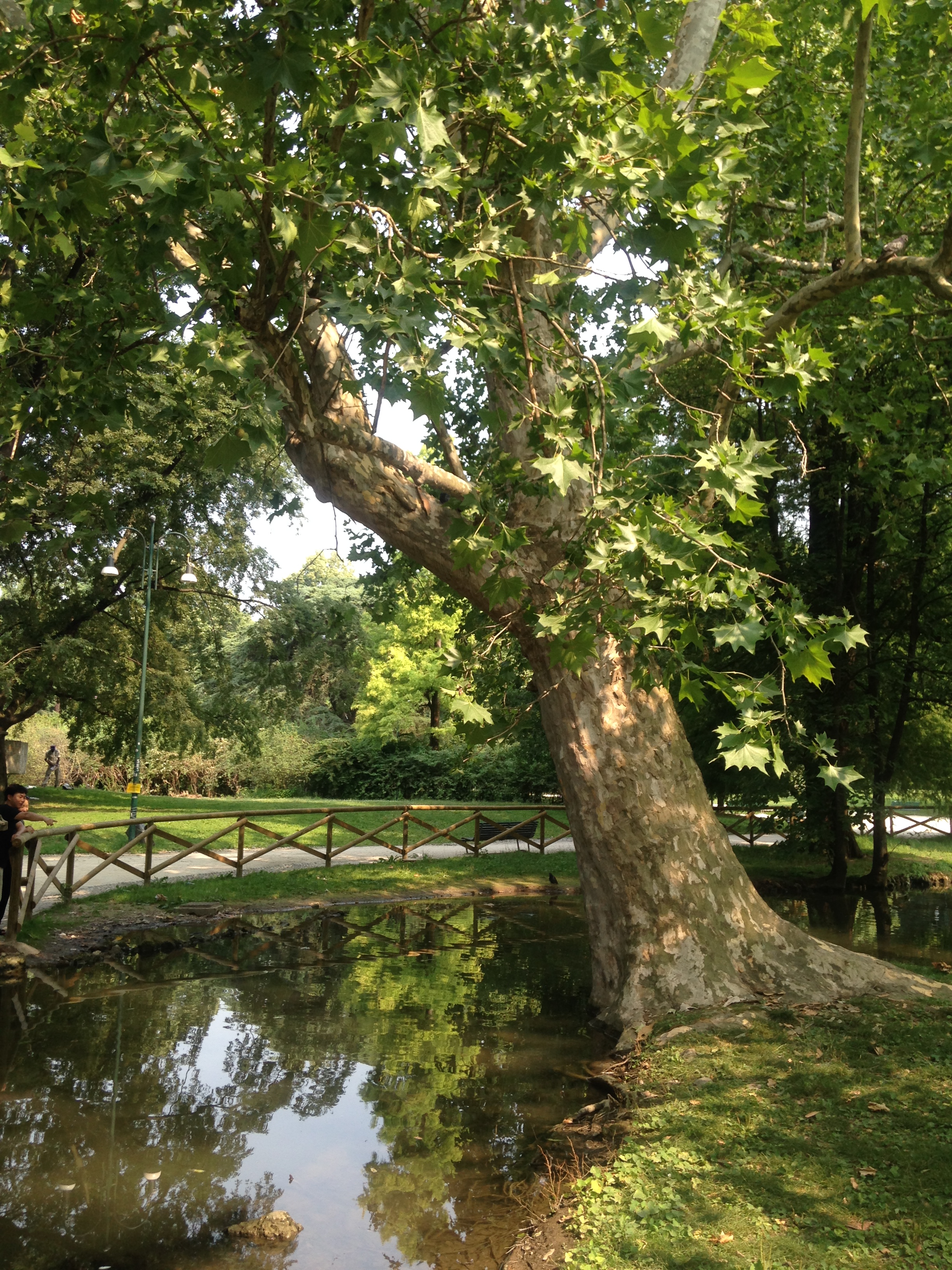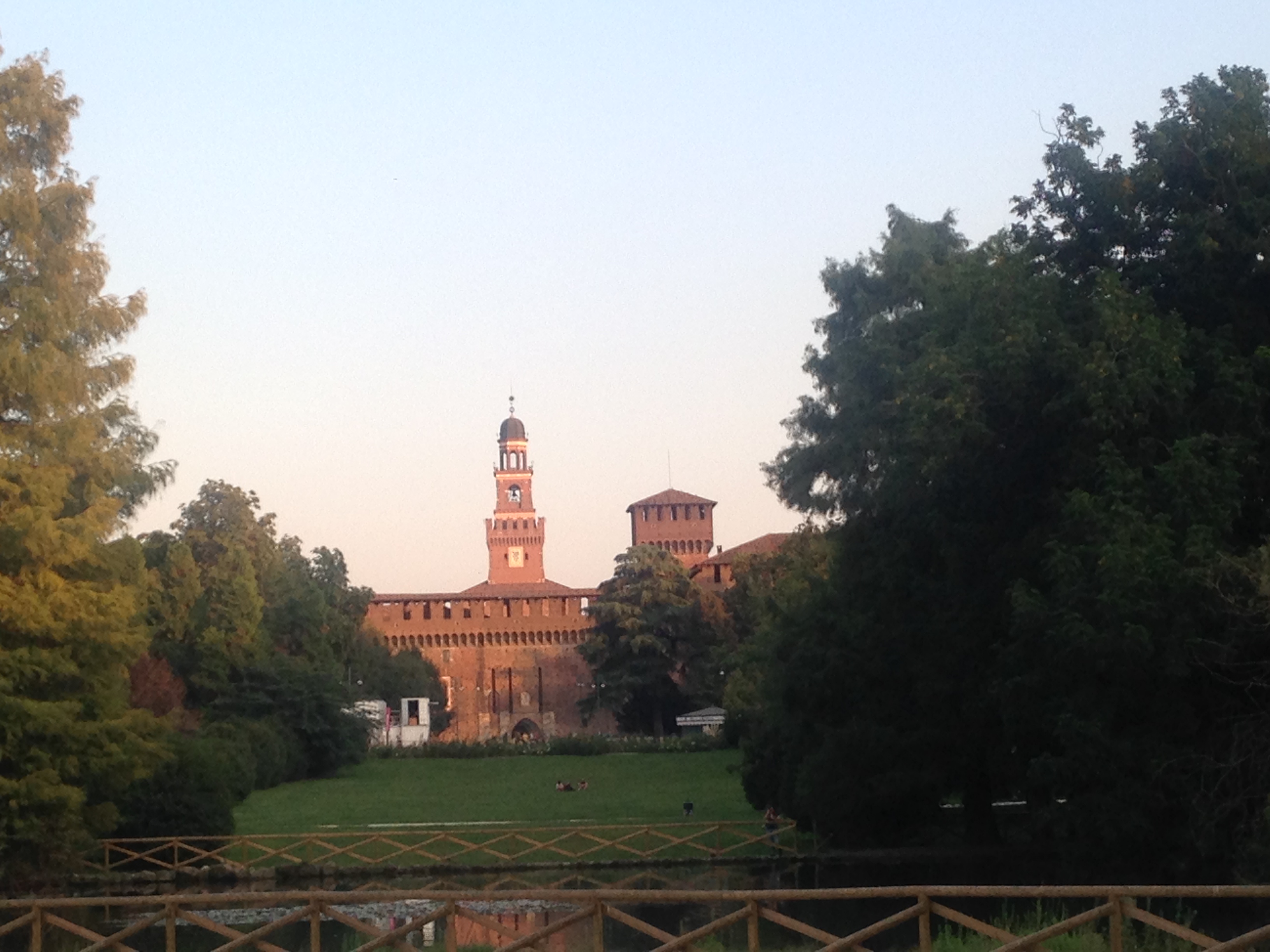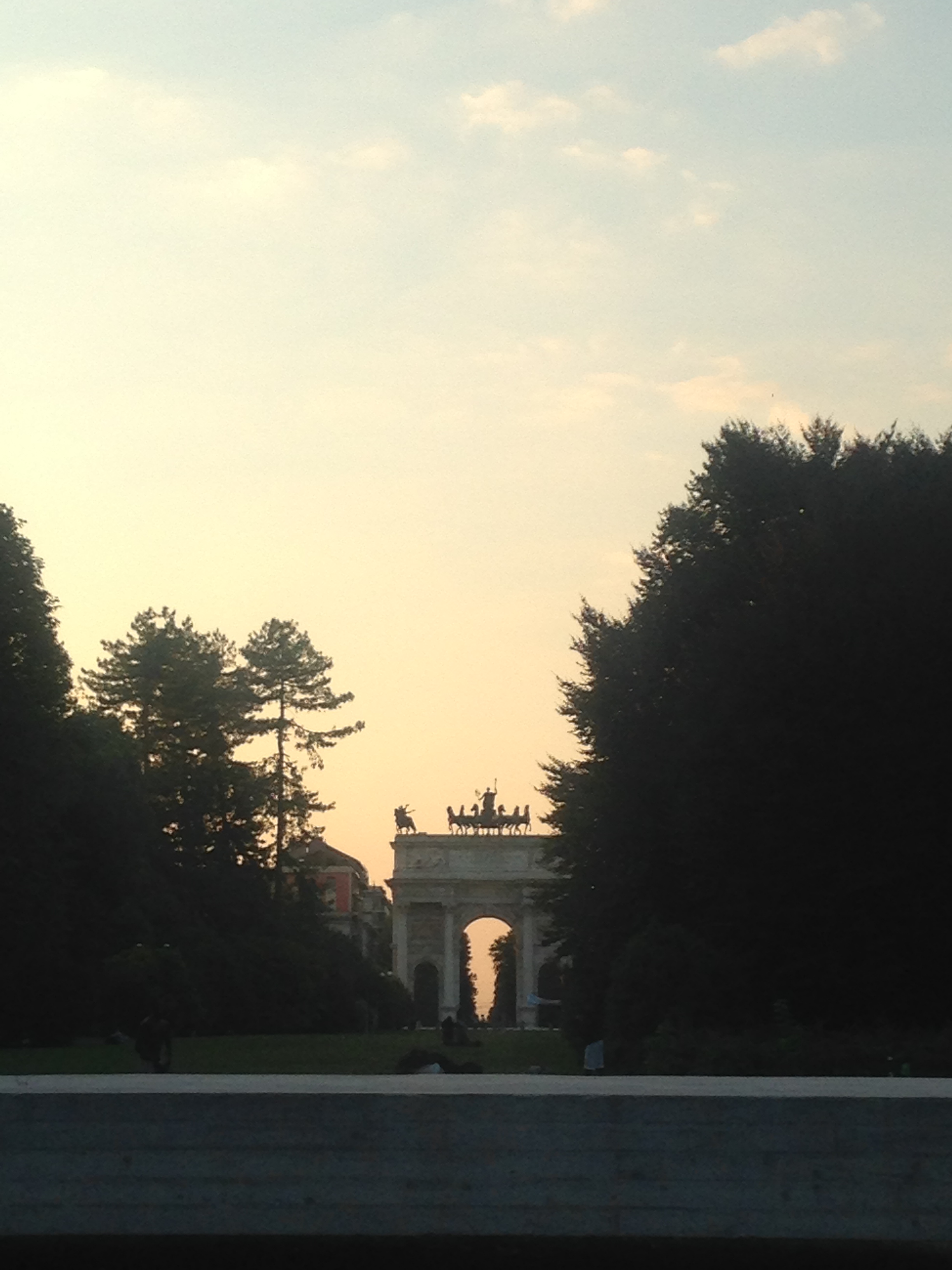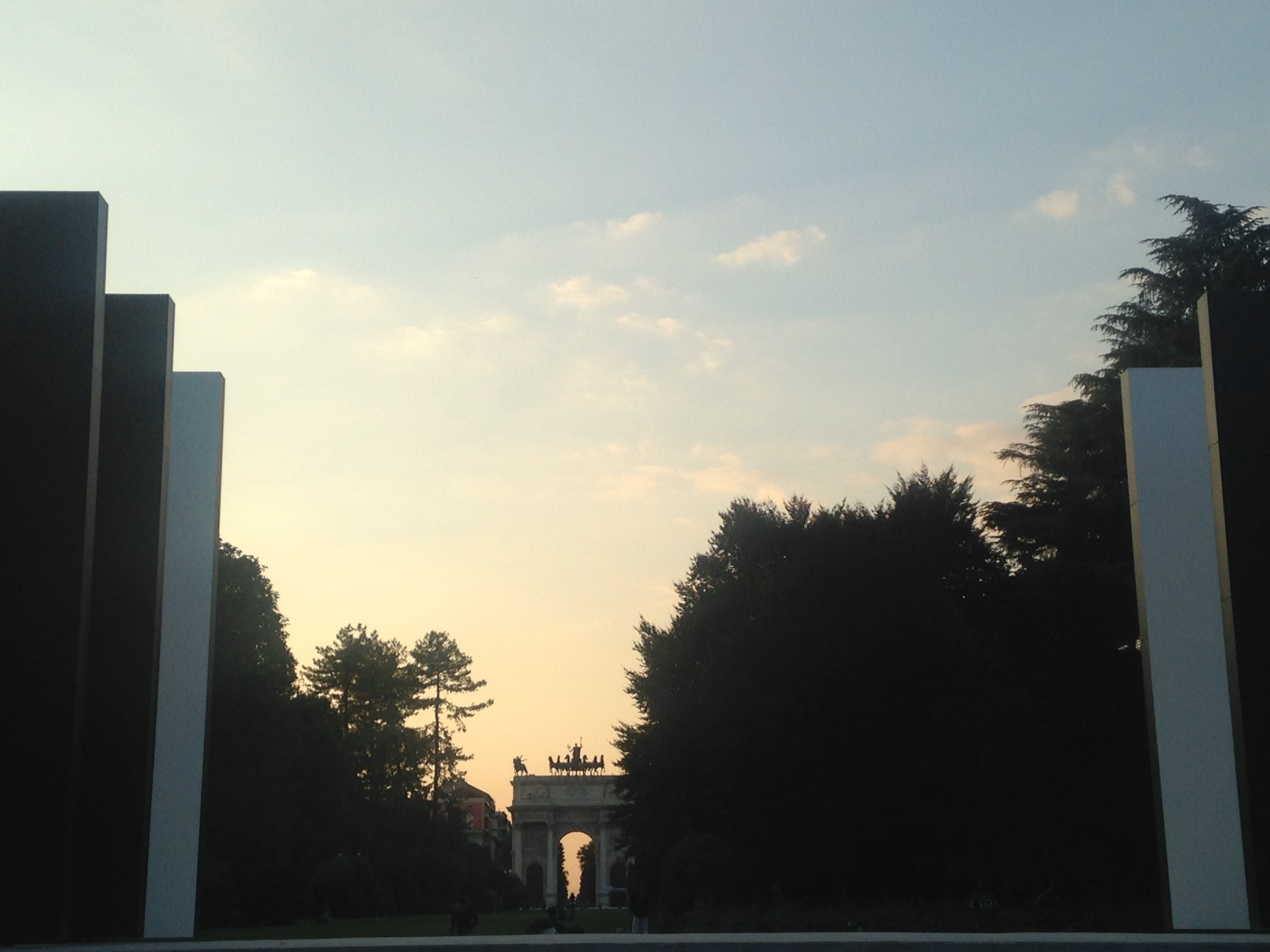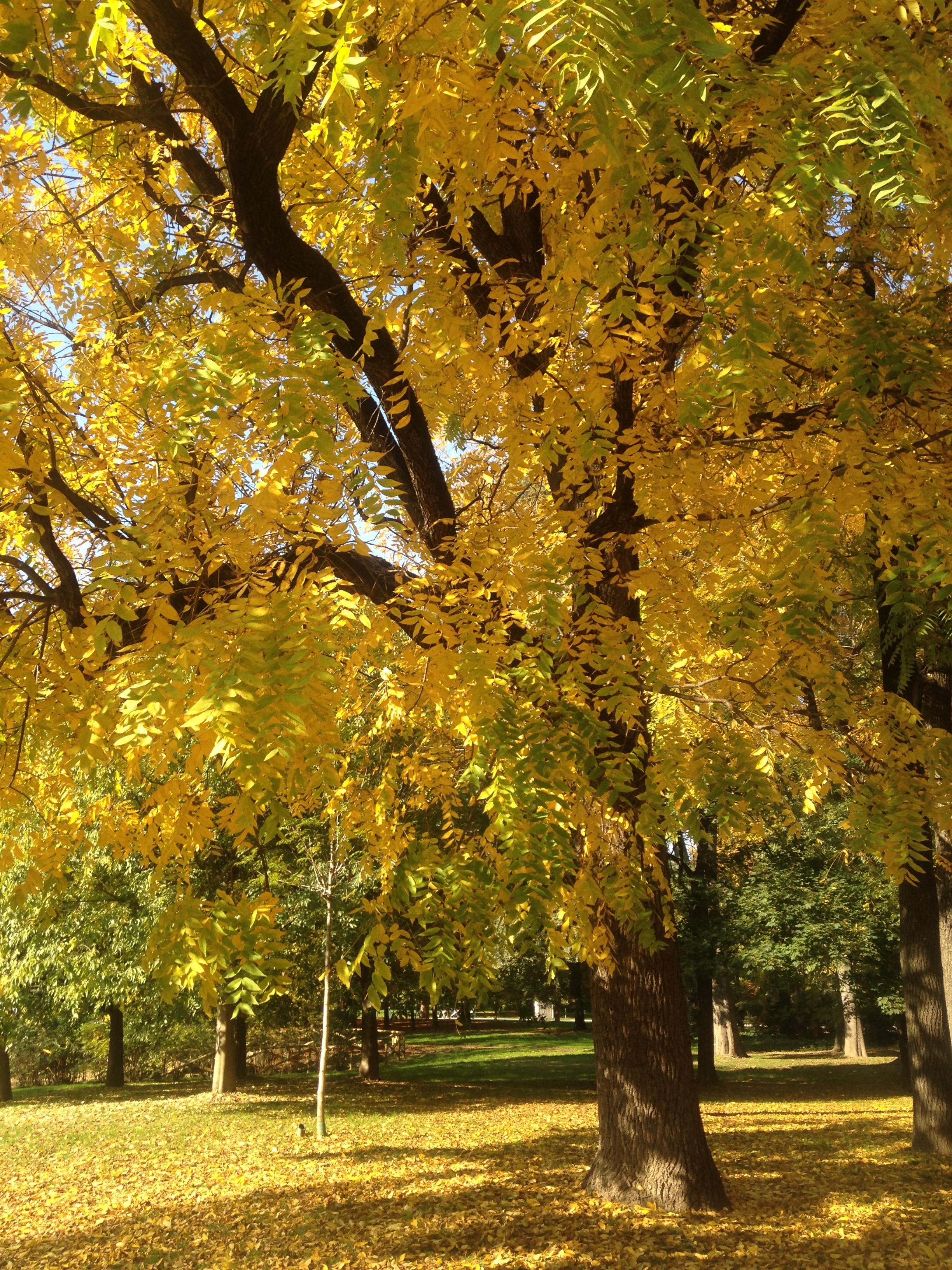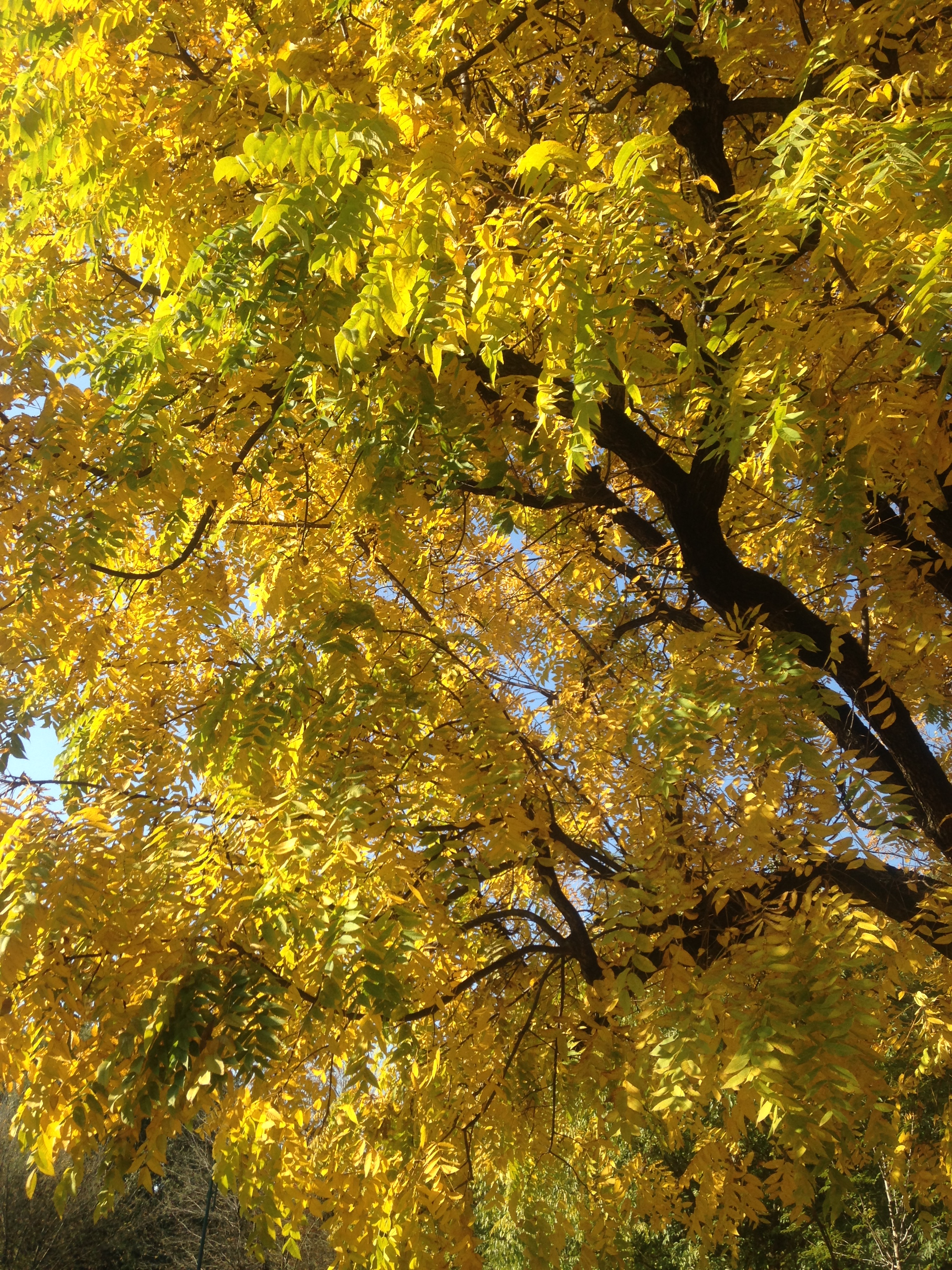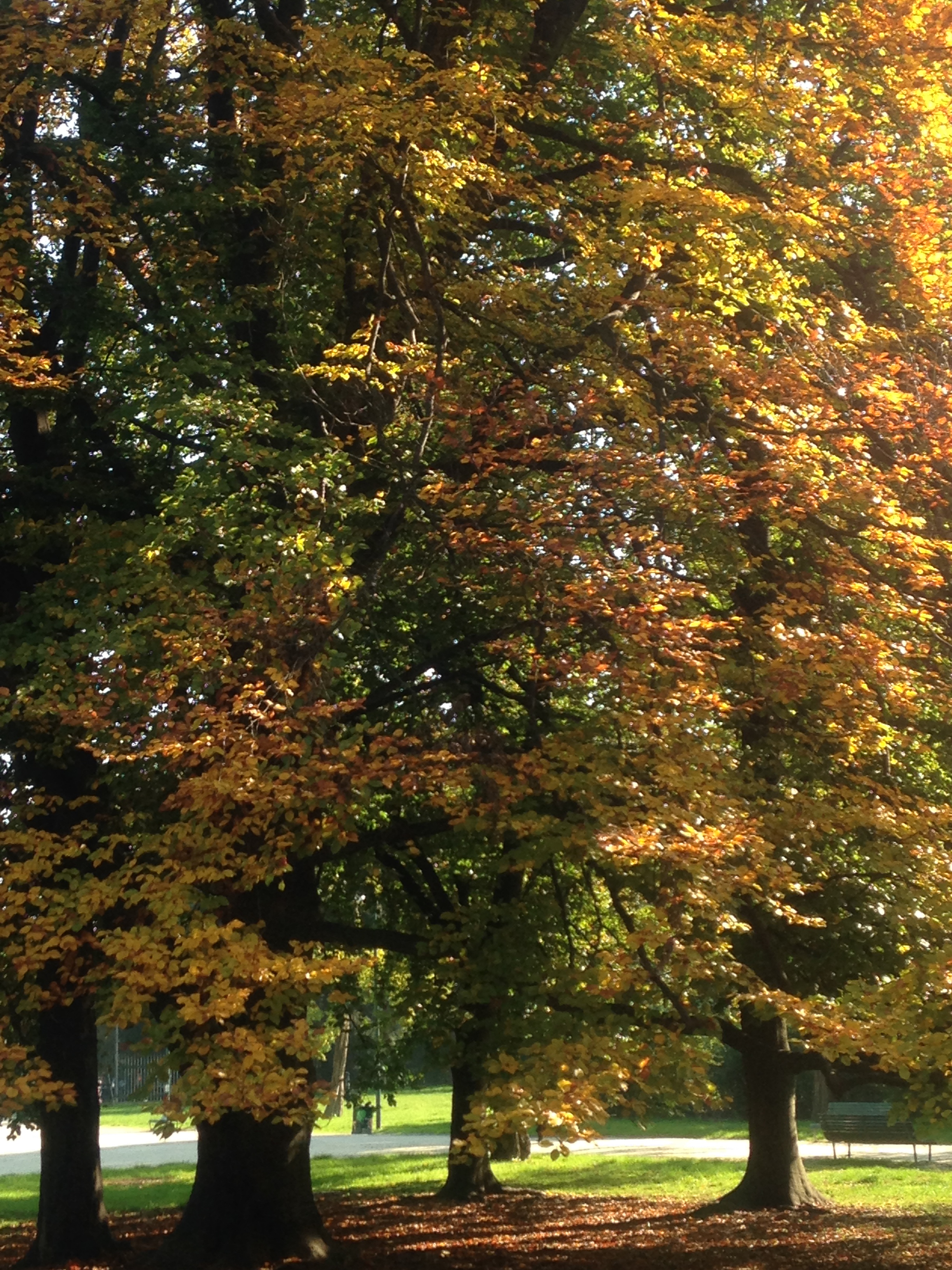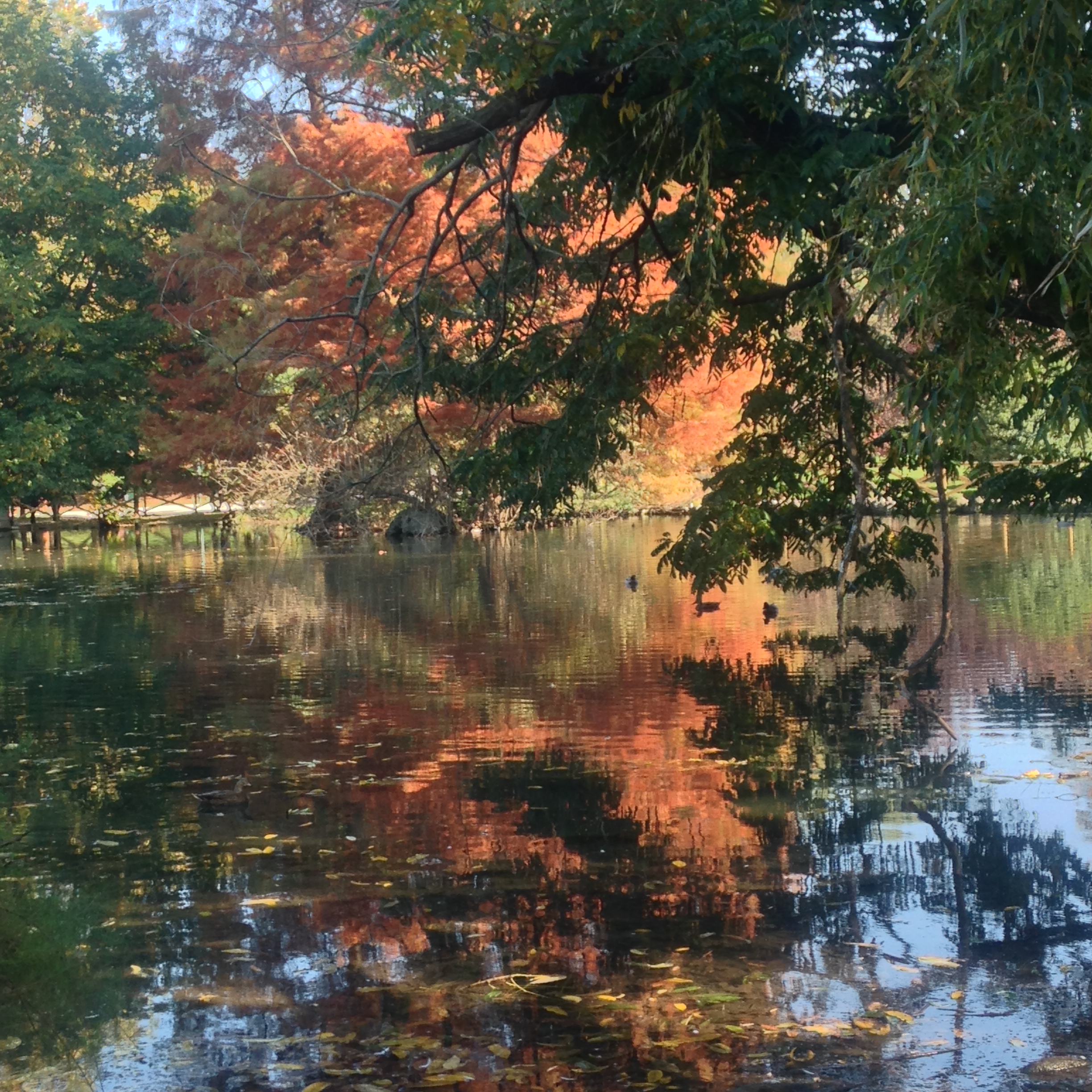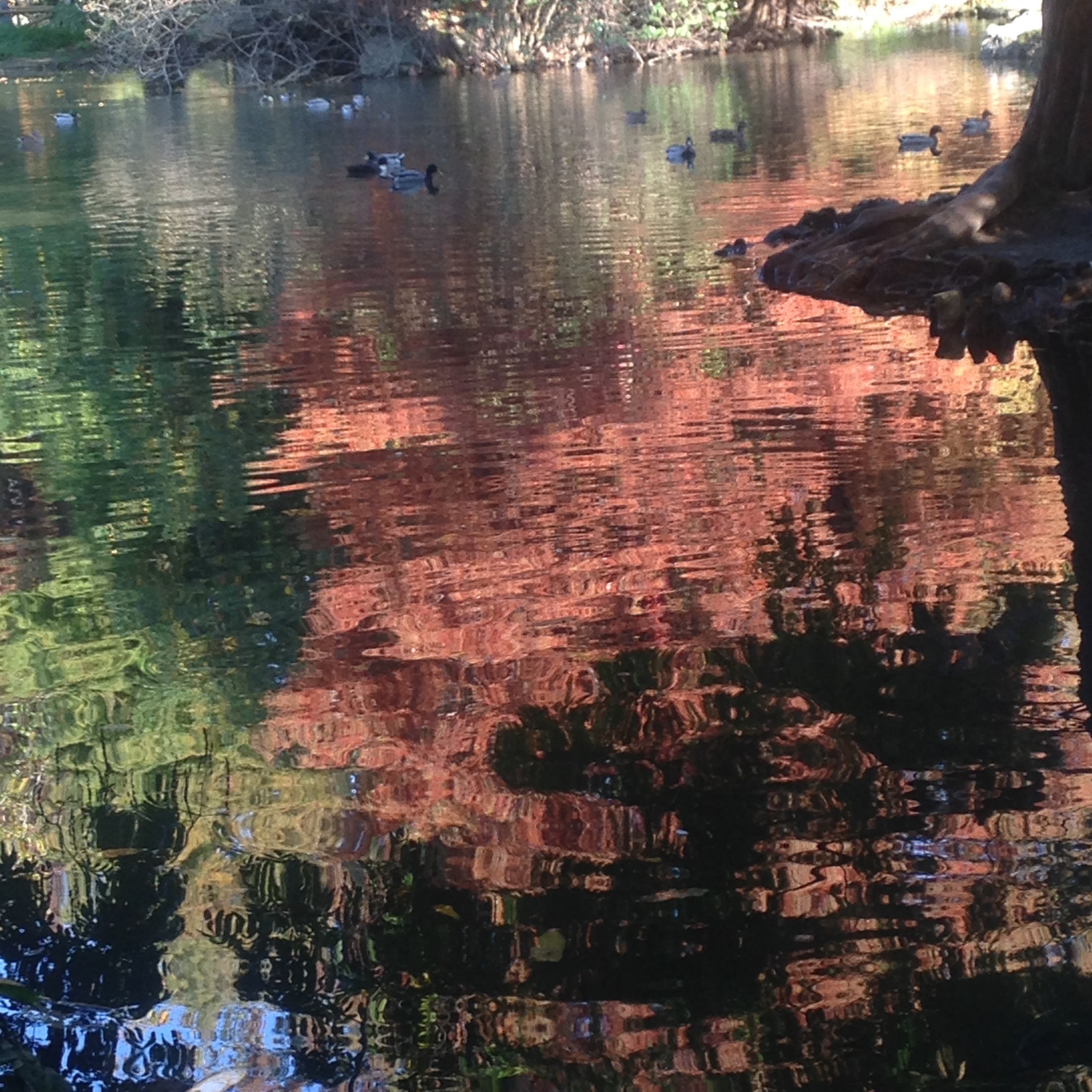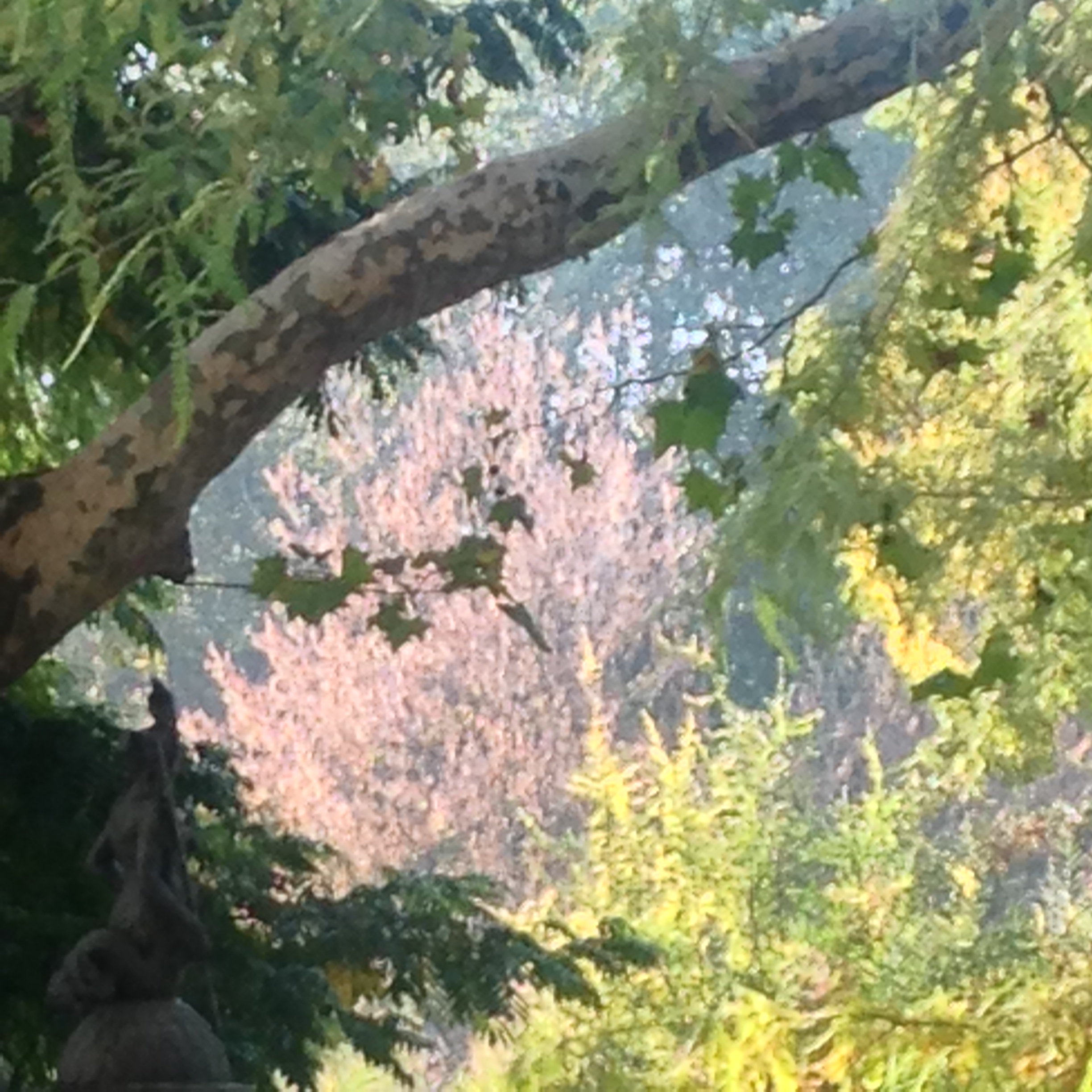
Sempione Park
This post is also available in:
 Italiano (Italian)
Italiano (Italian)
This public facility is the second park built in Milan and its name relates to the fact that it is located along the route that leads from Duomo Square – through the Arco della Pace – to the very Sempione Pass. Located on the ancient Piazza d’armi (the Parade Ground), its construction started in 1890: architect Emilio Alemagna designed it with an irregular layout designed creating a contrast with the surrounding urban context.
In 1906, it hosted the International Exposition – its Liberty-style Civic Aquarium pavilion is still visible. Alemagna’s design idea was that of a large English-style park, with streams, walkways, short hills – such as the one of Monte Tordo – with a spectacular scenographic effect between the Sforzesco Castle and the Arch of Peace (“Arco della Pace”).
In 1957, a new project was conceived by architect Vittoriano Viganò and the landscape architect Pietro Porcinai, to revamp the whole area.
In 1973, “History of the Earth” by A. Paradiso, “Accumulation of Music” by Arman, and the “Mysterious Baths” by Giorgio De Chirico sculptures were positioned inside the park.
In 2003, an important restoration effort was brought to conclusion (it had started in 1996): the surrounding fence was completed and the protected area increased from 42 to 95 acres square. Many shrubs and ground covering species were also planted.
Inside the park, there’s the “Palazzo dell’Arte”, the pavilion of the Civic Aquarium (by architect Sebastiano Locati), the “Torre del Parco” or “Torre Littoria” (by Giò Ponti, 1932).
There’s also the X Triennale exhibition pavilion dating back to 1954, now housing the Library of the Park.
The sculptures in the park include the equestrian monument of Napoleon III (by Francesco Barzaghi), “History of the Earth” (by A. Paradiso), “Accumulation of Music” (by Arman), the “Mysterious Baths” (by Giorgio De Chirico), and the “Bridge of the Little Mermaids” (by Francesco Tettamanzi).
PLANTS
Among the monumental trees there is an impressive elm on the belvedere in front of the statue of Napoleon III, and one horse-chestnut (Aesculus hippocastanum) near “Ponte delle Sirenette”. Among the numerous trees worthy of mention, there are many London plane trees, including a peculiar specimen on the bank of the pond, two wingnuts (Pterocarya spp. ), and bald cypresseses (Taxodium distichum) reflected in the body of water. Then, there are some European beeches (Fagus sylvatica “Pendula”) near the Triennale garden.
Among the shrubs, planted during the 2003 restoration, there are Viburnum x bodnantense, wintersweets (Chimonanthus praecox), forsythia, Ceanothus spp., hydrangeas (Hydrangea macrophylla), butterfly bushes, and sweet osmanthus (Osmanthus fragrans), which, blooming in the different seasons of the year, create splashes of colors and mesmerizing fragrances.
This post is also available in:
 Italiano (Italian)
Italiano (Italian)
Contatti
Via Pagano, via Bertani, piazza Castello, viale Elvezia, viale Milton, viale Gladio, viale Alemagna e viale Legnano.
Altre info
Gratuito
Da ottobre ad aprile dalle 6.30 alle 21.00. A maggio dalle 6.30 alle 22.00. Da giugno a settembre dalle 6.30 alle 23.30
